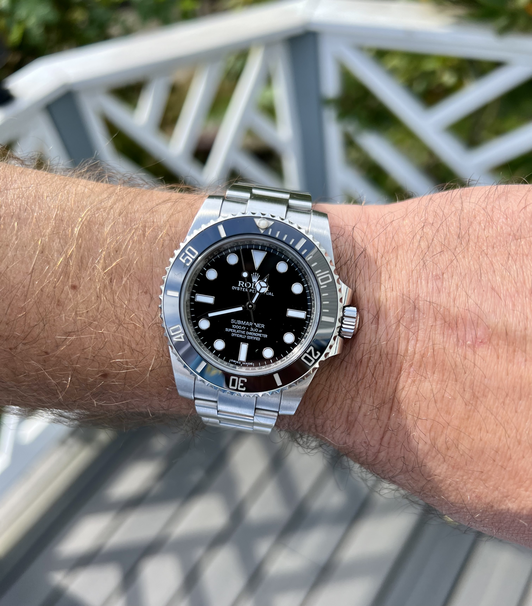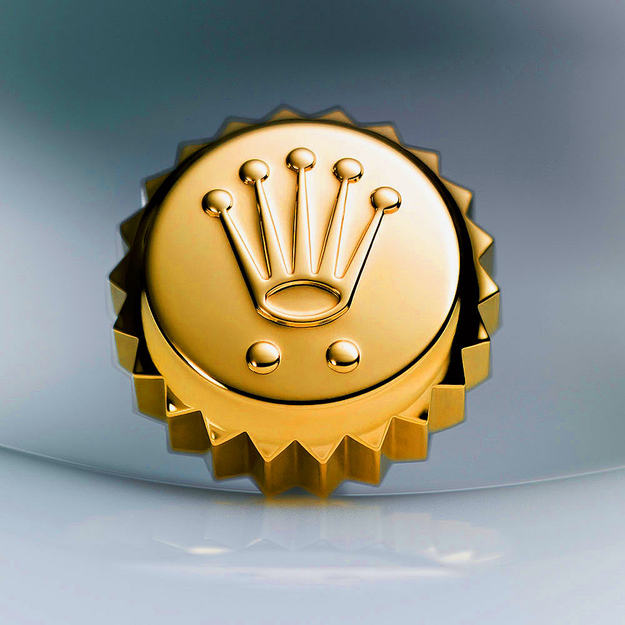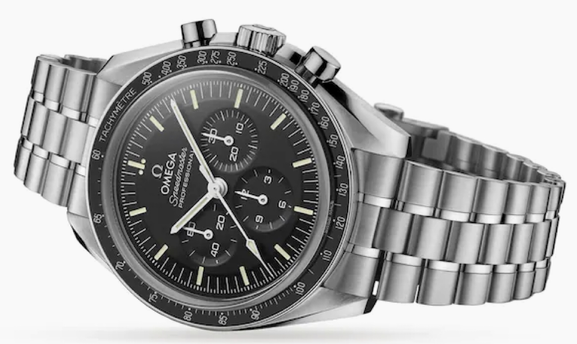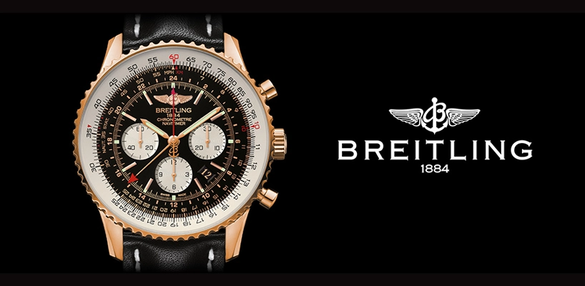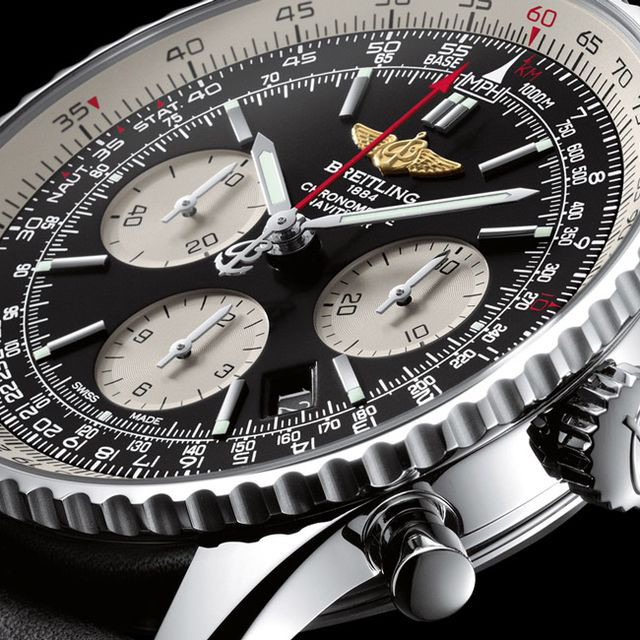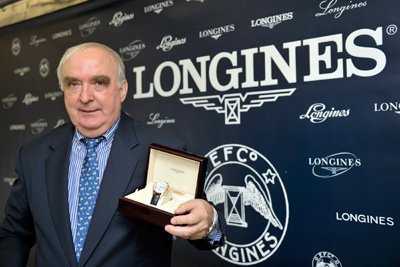|
3/10/2019 2 Comments Baselworld 2019 Rolex PredictionsOceanica OP-1 Automatic Flieger |
| |
Steve McQueen's Rolex Submariner reference 5513 will hit auction at well known worldwide auction house Phllips. Before I continue, let me say there is no evidence that this watch was actually a daily wear for Steve himself, but he did purchase the watch which was later given away to Janes. Janes and McQueen collaborated on many hit movies since 1958 such as The Thomas Crown Affair, and the Getaway. If we flip the watch over it does have the following words "LOREN, THE BEST DAMN STUNTMAN IN THE WORLD - STEVE". Most of us can assume by now that this watch was indeed purchased by McQueen and later gifted to his partner Janes. This still means that it actually was a watch owned by Steve himself though. If we look to previous auctions of McQueen watches, one Rolex 5512 was sold for a whopping $234,000 by Antiquorum in late 2009. The interesting part of this watch is the history and what it has actually survived. This watch was with Janes through the wildfires in California that burnt down his home, BUT under all the rubble was this submariner, still intact. The watch was then sent to Rolex for repair and refurbishing where the dial may have been replaced but nobody really knows the exact time it was. A few months later, the watch was purchased by powerhouse real estate broker Michael Eisenburg and now he will auction the watch off in October, right here in New York City at Phillips auction house for an estimated $300,000-$600,000. The hype around this watch can get intense as we saw with Paul Newman's Daytona which sold for a staggering amount last year in New York as well. We will just have to wait and see what happens, but this is certainly a watch to follow and speculations about price are already being talked about amongst the underworld of high end expensive vintage sought after Rolex watches.
Baselworld opened doors today March 21st and many new watches have been unveiled. This is one of the most exciting days for watch collectors and enthusiasts worldwide as they can strategically plan their next piece for their growing watch collection. There was some surprises with Rolex as many anticipated a “Coke” GMT, but Rolex did otherwise.
ROLEX GMT MASTER 2 “PEPSI” Stainless Steel Ref. 126710 BLRO
Yep, it is here! The crowd predicted a Coke GMT on a Jubilee but looks like we will have to be satisfied with a Pepsi GMT in a modern oyster case equipped with the new Rolex Jubilee previously seen on the new Datejust 41 watches released at Basel 2017. Although, Rolex did add a fold over safety to the jubilee which is needed on a sports watch for extra security. The original Rolex GMT Pepsi released back in 2014 was only available in solid 18K white gold and was unattainable for many, now with a steel version this gives the fans a chance to own a classic sought after vintage Rolex in a modern iteration along with modern materials. Perhaps the biggest upgrade is the addition of the new Rolex Calibre 3285 which is new to the Rolex GMT line. This movement boasts a 70 hour power reserve compared to the previous 48 seen in older GMTs. The watch also features a 5MM extension for on the fly bracelet adjustment, 100M of water resistance, a new small Rolex crown in between “Swiss” and “Made” if you look closely at the 6:00 position. The pricepoint is $9000 USD and this is sure to sell out quick and have people going nuts!
TUDOR BLACK BAY GMT “PEPSI”
Tudor went ahead and released a Black Bay GMT “Pepsi” model similiar to the Rolex Pepsi GMT in a way. This is an all around good move for Tudor as the Rolex is certainly not in everyones budget at 9000 USD. The new Tudor Black Bay GMT features a 41MM diameter, red snowflake GMT hand, rivet style bracelet as well as other strap options. The movement is an in-house Tudor GMT calibre very similiar to the in house Black Bay Calibre but only with a GMT function added. The nice Pepsi Bezel looks very vintage in terms of aesthetic and I think it came out amazing. This watch will fly off the shelves in my opinion and offers great value for money. The price is 3400 CHF on the strap and 3700 CHF with the bracelet option.
Specification
Movement: Manufacture Caliber MT6552
Functions: Hours, minutes, seconds, date, second timezone
Diameter: 31.8mm
Thickness: 7.52mm
Power Reserve: 70 hours
Winding: Automatic
Frequency: 4 Hertz
Jewels: 28
Certification: COSC Chronometer
Movement: Manufacture Caliber MT6552
Functions: Hours, minutes, seconds, date, second timezone
Diameter: 31.8mm
Thickness: 7.52mm
Power Reserve: 70 hours
Winding: Automatic
Frequency: 4 Hertz
Jewels: 28
Certification: COSC Chronometer
Tudor Black Bay Fifty Eight
Tudor released a smaller 39MM version of the Black Bay dubbed the “58”. This watch features awesome gold glit accents, a smaller calibre movement fit for this case, and some very vintagey aesthetics. The new movement inside this beautiful watch is the Tudor MT5402 which features 70 hours of power reserve, 28 Jewels, anti-magnetic silicon balance spring, COSC certification, and a smaller size of course. This watch is to pay homage to the big crown Tudor of the 1950s. The watch is available on 3 strap options ( pictured above ) and pricing starts at 3275 up to 3575 on bracelet.
OMEGA SEAMASTER 300 2018 “WAVE DIAL”
Omega has been teasing us on Instagram with their new Seamaster models. These models all feature the old Wave dial which was super popular some years back. In Fact one of the most popular Seamasters was the “James Bond” wave dial SM 300. These new watches feature ceramic wave dials which came out superb from the looks of it. There is also the addition of Omegas 8800 Calibre Co-Axial movement which is an all around amazing movement for the price and punches way above its pricepoint. There are a few different models and dial colors including a two tone model and even a new integrated rubber strap on the grey dial version. ( Pics Below ). The addition of an exhibition Sapphire caseback is a nice detail as we can now see those beautiful Geneva Stripes on the decorated movement. Another thing to take note of is the increased size of 42MM in diameter which some people might not like or may love. The watch is a Master chronometer and features METAS certification, 300M of water resistance, Helium escape valve, and rotating bezels in Ceragold or Ceramic. There are a total of FOURTEEN different variations of this model. Pricing starts at 4400 CHF.
OMEGA 1958 SeaMaster Dress Watch
The title says it all. The all new iteration of the popular vintage 1958 Seamaster has made a comeback. Although, this time around we get some amazing technology and materials. These two iterations pictured above closely mimic the vintage model but have sublte differences. The watch is available with a small sub seconds register and without one. The classic omega 12-3-6-9 which they created is displayed on these new models. This 38MM 70th anniversary watch is a limited edition of under 2000 pieces worldwide and features a sapphire exhibition caseback showing off the Omega calibre 8806 ( Small Seconds ) and 8804 ( Standard ). These movements feature 35 jewels, METAS certification, Anti-Magnetism up to 15,000 GAUSS, 55 Hour Power Reserve, while beating at 25,200 BPH. The pricepoint is 5700 CHF to 6200 CHF.
OMEGA SPEEDMASTER APOLLO 8 DARK SIDE OF THE MOON
Wait. Another limited edition Speedmaster? Yessir! This is the all new Apollo 8 blacked out with yellow accents Speedy. This watch is a tribute to the first orbit of the moon and features a new version of the trustworthy 1861 Omega movement. The Apollo 8 mission was extremely important and certainly a significant event in world history and that does give Omega the right to commemorate the 50th anniversary with this watch in my opinion. The watch is 44MM across and features a semi skeletonized dial with those bright bold yellow accents in a completely steel blacked out case. The 1861 movement is hand wound if you did not know and beats at 3 Hertz with a power reserve of 48 hours. This model features an exhibition sapphire caseback which displays the blacked out movement as well. Pricing is 9000 CHF.
ROLEX released a teaser video which has the watch community bedazzled as this video shows the new jubilee style bracelets currently equipped with the new Datejust 41 line unveiled at Baselworld 2017. There are two things I caught when watching this teaser video just a few days before the actual release of this supposed watch at Basel. For one, it is certainly on an Oyster style case which means that we are going to be getting a new Oyster Rolex with a jubilee bracelet which is most definitely a GMT! The picture above is a photoshopped picture of a new style "Coke" GMT which was initially released during the late 60s. This model is extremely popular amongst collectors and Rolex enthusiasts worldwide. Usually Rolex will release an all solid gold version before actually releasing the 904L steel version. There might be a chance this can be a steel "Pepsi" GMT instead of a Coke GMT. We will just have to wait and find out when the watches are released to the public eye starting March 21st. Please stay tuned to Watch Addict and my YouTube channel for full coverage of Baselworld 2018 and all of the new exciting releases from your favorite brands. I have dropped a video below explaining this as well.
Author
Erik Martin
Archives
March 2019
January 2019
December 2018
November 2018
October 2018
August 2018
July 2018
June 2018
March 2018
February 2018
January 2018
Categories
ROLEX HISTORY
Rolex is a Swiss luxury watch brand that was founded in 1905 by Hans Wilsdorf and Alfred Davis in London, England. The company originally began as Wilsdorf and Davis, but it was later renamed to Rolex in 1908.
The first Rolex watches were not manufactured in-house, but instead were made by other watchmakers and then branded with the Rolex name. However, Wilsdorf had a vision of creating a wristwatch that was both reliable and accurate, and he set out to develop his own movements.
In 1910, Rolex became the first wristwatch to receive the Swiss Certificate of Chronometric Precision, which was a testament to the accuracy of the watch. Over the years, Rolex continued to innovate and develop new technologies and features, such as the first waterproof wristwatch in 1926, the first self-winding mechanism in 1931, and the first wristwatch with a date display in 1945.
Rolex has also been associated with several famous individuals, including explorers, athletes, and celebrities. For example, Sir Edmund Hillary and Tenzing Norgay wore Rolex watches when they became the first people to reach the summit of Mount Everest in 1953. Rolex has also been the official timekeeper of several sporting events, including Wimbledon and the Formula 1 Grand Prix.
Today, Rolex is one of the most recognized and respected luxury watch brands in the world, known for its quality, precision, and timeless style.
The first Rolex watches were not manufactured in-house, but instead were made by other watchmakers and then branded with the Rolex name. However, Wilsdorf had a vision of creating a wristwatch that was both reliable and accurate, and he set out to develop his own movements.
In 1910, Rolex became the first wristwatch to receive the Swiss Certificate of Chronometric Precision, which was a testament to the accuracy of the watch. Over the years, Rolex continued to innovate and develop new technologies and features, such as the first waterproof wristwatch in 1926, the first self-winding mechanism in 1931, and the first wristwatch with a date display in 1945.
Rolex has also been associated with several famous individuals, including explorers, athletes, and celebrities. For example, Sir Edmund Hillary and Tenzing Norgay wore Rolex watches when they became the first people to reach the summit of Mount Everest in 1953. Rolex has also been the official timekeeper of several sporting events, including Wimbledon and the Formula 1 Grand Prix.
Today, Rolex is one of the most recognized and respected luxury watch brands in the world, known for its quality, precision, and timeless style.
OMEGA Watches History
Omega is a Swiss luxury watch brand founded in 1848 by Louis Brandt in La Chaux-de-Fonds, Switzerland. The brand initially operated under the name La Generale Watch Co. and produced pocket watches.
In 1894, Omega revolutionized the watch industry with the introduction of the 19-ligne Omega Calibre, which was more accurate and reliable than any other watch movement of the time. This innovation earned Omega numerous awards and accolades, and the brand quickly became known for its precision and quality.
In 1903, Omega was chosen as the official timekeeper for the Gordon Bennett Cup, an international balloon race. This marked the beginning of Omega's long-standing relationship with sports timing and its reputation as a reliable and accurate timekeeper.
In 1932, Omega became the first brand to be awarded the Olympic Cross of Merit for its outstanding contribution to sports timing at the Olympic Games. Since then, Omega has been the official timekeeper for numerous Olympic Games, and its timekeeping technology has continued to evolve and improve.
In the 1950s and 1960s, Omega's watches were worn by famous explorers and adventurers, including Sir Edmund Hillary and Tenzing Norgay during their ascent of Mount Everest in 1953, and Jacques Cousteau during his underwater expeditions.
In the 1960s, Omega introduced the Speedmaster, a chronograph watch that was originally designed for motorsports but became famous as the first watch worn on the moon during the Apollo 11 mission in 1969. The Speedmaster has since become one of Omega's most iconic and sought-after models.
Today, Omega continues to innovate and produce high-quality watches, including the Seamaster, Constellation, and De Ville collections. The brand also continues to be the official timekeeper for numerous sporting events, including the Olympic Games and the America's Cup.
In 1894, Omega revolutionized the watch industry with the introduction of the 19-ligne Omega Calibre, which was more accurate and reliable than any other watch movement of the time. This innovation earned Omega numerous awards and accolades, and the brand quickly became known for its precision and quality.
In 1903, Omega was chosen as the official timekeeper for the Gordon Bennett Cup, an international balloon race. This marked the beginning of Omega's long-standing relationship with sports timing and its reputation as a reliable and accurate timekeeper.
In 1932, Omega became the first brand to be awarded the Olympic Cross of Merit for its outstanding contribution to sports timing at the Olympic Games. Since then, Omega has been the official timekeeper for numerous Olympic Games, and its timekeeping technology has continued to evolve and improve.
In the 1950s and 1960s, Omega's watches were worn by famous explorers and adventurers, including Sir Edmund Hillary and Tenzing Norgay during their ascent of Mount Everest in 1953, and Jacques Cousteau during his underwater expeditions.
In the 1960s, Omega introduced the Speedmaster, a chronograph watch that was originally designed for motorsports but became famous as the first watch worn on the moon during the Apollo 11 mission in 1969. The Speedmaster has since become one of Omega's most iconic and sought-after models.
Today, Omega continues to innovate and produce high-quality watches, including the Seamaster, Constellation, and De Ville collections. The brand also continues to be the official timekeeper for numerous sporting events, including the Olympic Games and the America's Cup.
BREITLING Watches History
Breitling is a Swiss luxury watch brand that was founded in 1884 by Léon Breitling in the town of Saint-Imier in the Canton of Bern, Switzerland. Initially, the company specialized in producing chronographs and other precision timepieces for scientific and industrial purposes.
In 1915, Breitling introduced the first wrist-worn chronograph with a separate pusher to control the start, stop, and reset functions, which made it easier to use than previous models. This innovation helped establish Breitling as a leading maker of chronographs and other precision timepieces.
During the 1930s and 1940s, Breitling continued to innovate with the introduction of the first chronograph with a second independent pusher, which allowed for the recording of multiple elapsed times. The company also developed the Huit Aviation Department, which produced wristwatches for pilots and other aviation professionals.
In the 1950s, Breitling introduced the Navitimer, a wristwatch with a built-in slide rule that allowed pilots to perform complex calculations in-flight. The Navitimer became an instant classic and remains one of Breitling's most popular models to this day.
In the 1960s, Breitling continued to produce innovative timepieces, including the Chrono-Matic, which was the first automatic chronograph movement with a micro-rotor. The company also introduced the Emergency, a wristwatch with a built-in distress beacon that could be activated in case of an emergency.
In the years since, Breitling has continued to produce innovative and high-quality timepieces for a variety of applications, including aviation, diving, and sports. The company has also maintained a strong commitment to precision and accuracy, with many of its watches featuring COSC-certified movements. Today, Breitling is recognized as one of the world's leading luxury watch brands, with a reputation for innovation, quality, and style.
In 1915, Breitling introduced the first wrist-worn chronograph with a separate pusher to control the start, stop, and reset functions, which made it easier to use than previous models. This innovation helped establish Breitling as a leading maker of chronographs and other precision timepieces.
During the 1930s and 1940s, Breitling continued to innovate with the introduction of the first chronograph with a second independent pusher, which allowed for the recording of multiple elapsed times. The company also developed the Huit Aviation Department, which produced wristwatches for pilots and other aviation professionals.
In the 1950s, Breitling introduced the Navitimer, a wristwatch with a built-in slide rule that allowed pilots to perform complex calculations in-flight. The Navitimer became an instant classic and remains one of Breitling's most popular models to this day.
In the 1960s, Breitling continued to produce innovative timepieces, including the Chrono-Matic, which was the first automatic chronograph movement with a micro-rotor. The company also introduced the Emergency, a wristwatch with a built-in distress beacon that could be activated in case of an emergency.
In the years since, Breitling has continued to produce innovative and high-quality timepieces for a variety of applications, including aviation, diving, and sports. The company has also maintained a strong commitment to precision and accuracy, with many of its watches featuring COSC-certified movements. Today, Breitling is recognized as one of the world's leading luxury watch brands, with a reputation for innovation, quality, and style.
Longines
Longines is a Swiss luxury watch company that was founded in 1832 by Auguste Agassiz in the town of Saint-Imier, Switzerland. The company has a long and prestigious history in the world of watchmaking, and has been responsible for many innovations and milestones in the industry.
In the early days, Longines primarily produced pocket watches, and quickly gained a reputation for precision and accuracy. By the end of the 19th century, Longines had become one of the leading watchmakers in the world. In 1912, the company introduced the first chronograph wristwatch, which was quickly adopted by the military and aviation communities.
In the 1920s and 1930s, Longines continued to innovate with the introduction of the world's first quartz clock and the first wristwatch with an automatic winding mechanism. During World War II, Longines produced wristwatches for the British Royal Air Force, and continued to produce military watches for several decades afterwards.
In the post-war years, Longines became known for its elegant and sophisticated watches, particularly its "Conquest" line of watches. In the 1950s and 1960s, Longines was a favorite of celebrities and politicians, and its watches were frequently seen on the wrists of Elvis Presley, John F. Kennedy, and other famous figures.
In recent years, Longines has continued to produce high-quality watches that combine traditional Swiss craftsmanship with modern technology. The company is particularly known for its sport watches, including its "HydroConquest" line of diving watches and its "Conquest Classic" line of chronographs.
Today, Longines is owned by the Swatch Group, and remains a leading brand in the luxury watch industry. Its watches are prized for their precision, reliability, and timeless style.
In the early days, Longines primarily produced pocket watches, and quickly gained a reputation for precision and accuracy. By the end of the 19th century, Longines had become one of the leading watchmakers in the world. In 1912, the company introduced the first chronograph wristwatch, which was quickly adopted by the military and aviation communities.
In the 1920s and 1930s, Longines continued to innovate with the introduction of the world's first quartz clock and the first wristwatch with an automatic winding mechanism. During World War II, Longines produced wristwatches for the British Royal Air Force, and continued to produce military watches for several decades afterwards.
In the post-war years, Longines became known for its elegant and sophisticated watches, particularly its "Conquest" line of watches. In the 1950s and 1960s, Longines was a favorite of celebrities and politicians, and its watches were frequently seen on the wrists of Elvis Presley, John F. Kennedy, and other famous figures.
In recent years, Longines has continued to produce high-quality watches that combine traditional Swiss craftsmanship with modern technology. The company is particularly known for its sport watches, including its "HydroConquest" line of diving watches and its "Conquest Classic" line of chronographs.
Today, Longines is owned by the Swatch Group, and remains a leading brand in the luxury watch industry. Its watches are prized for their precision, reliability, and timeless style.
Tissot
Tissot is a Swiss watch brand that was founded in 1853 by Charles-Félicien Tissot and his son Charles-Émile Tissot in the town of Le Locle, Switzerland. The company has a long and rich history in the world of watchmaking, and has been responsible for many innovations and milestones in the industry.
In the early days, Tissot primarily produced pocket watches, and quickly gained a reputation for quality and precision. By the end of the 19th century, Tissot was one of the largest watchmakers in Switzerland, and was exporting its watches to countries around the world.
In the early 20th century, Tissot continued to innovate with the introduction of the first non-magnetic wristwatch, the first dual time-zone watch, and the first watch with a plastic case. During World War II, Tissot produced watches for the Allied forces, and continued to produce military watches for several decades afterwards.
In the post-war years, Tissot became known for its elegant and sophisticated watches, particularly its "Tissot Visodate" line of watches, which featured a date function and a distinctive "T" logo on the dial. In the 1970s, Tissot was one of the first Swiss watch brands to introduce quartz watches, which quickly became popular due to their accuracy and affordability.
In recent years, Tissot has continued to produce high-quality watches that combine traditional Swiss craftsmanship with modern technology. The company is particularly known for its sport watches, including its "T-Touch" line of watches, which feature touch-screen technology and a range of functions such as altimeter, compass, and thermometer.
Today, Tissot is part of the Swatch Group, and remains a leading brand in the watch industry. Its watches are prized for their quality, durability, and stylish design, and are worn by watch enthusiasts and collectors around the world.
In the early days, Tissot primarily produced pocket watches, and quickly gained a reputation for quality and precision. By the end of the 19th century, Tissot was one of the largest watchmakers in Switzerland, and was exporting its watches to countries around the world.
In the early 20th century, Tissot continued to innovate with the introduction of the first non-magnetic wristwatch, the first dual time-zone watch, and the first watch with a plastic case. During World War II, Tissot produced watches for the Allied forces, and continued to produce military watches for several decades afterwards.
In the post-war years, Tissot became known for its elegant and sophisticated watches, particularly its "Tissot Visodate" line of watches, which featured a date function and a distinctive "T" logo on the dial. In the 1970s, Tissot was one of the first Swiss watch brands to introduce quartz watches, which quickly became popular due to their accuracy and affordability.
In recent years, Tissot has continued to produce high-quality watches that combine traditional Swiss craftsmanship with modern technology. The company is particularly known for its sport watches, including its "T-Touch" line of watches, which feature touch-screen technology and a range of functions such as altimeter, compass, and thermometer.
Today, Tissot is part of the Swatch Group, and remains a leading brand in the watch industry. Its watches are prized for their quality, durability, and stylish design, and are worn by watch enthusiasts and collectors around the world.

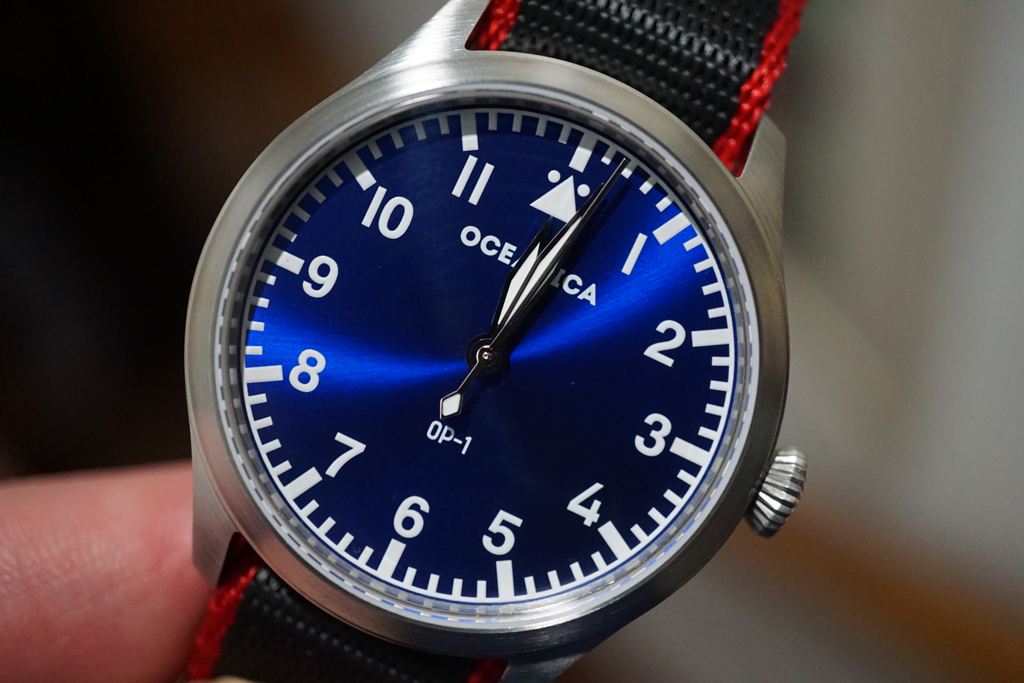
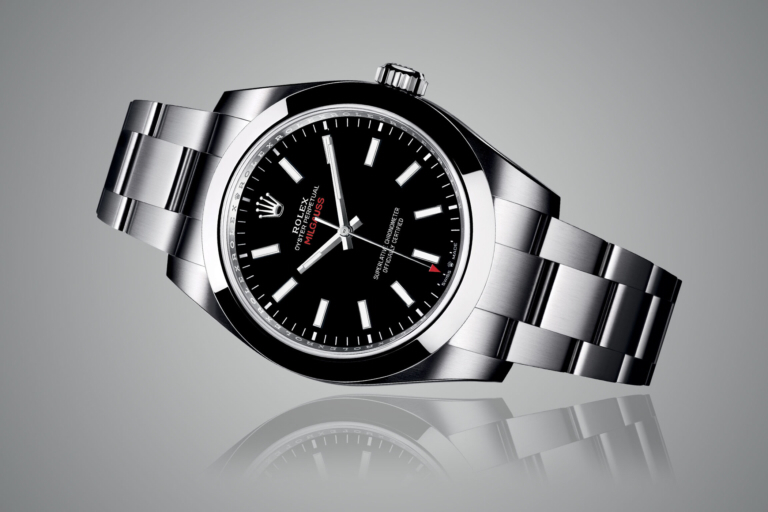
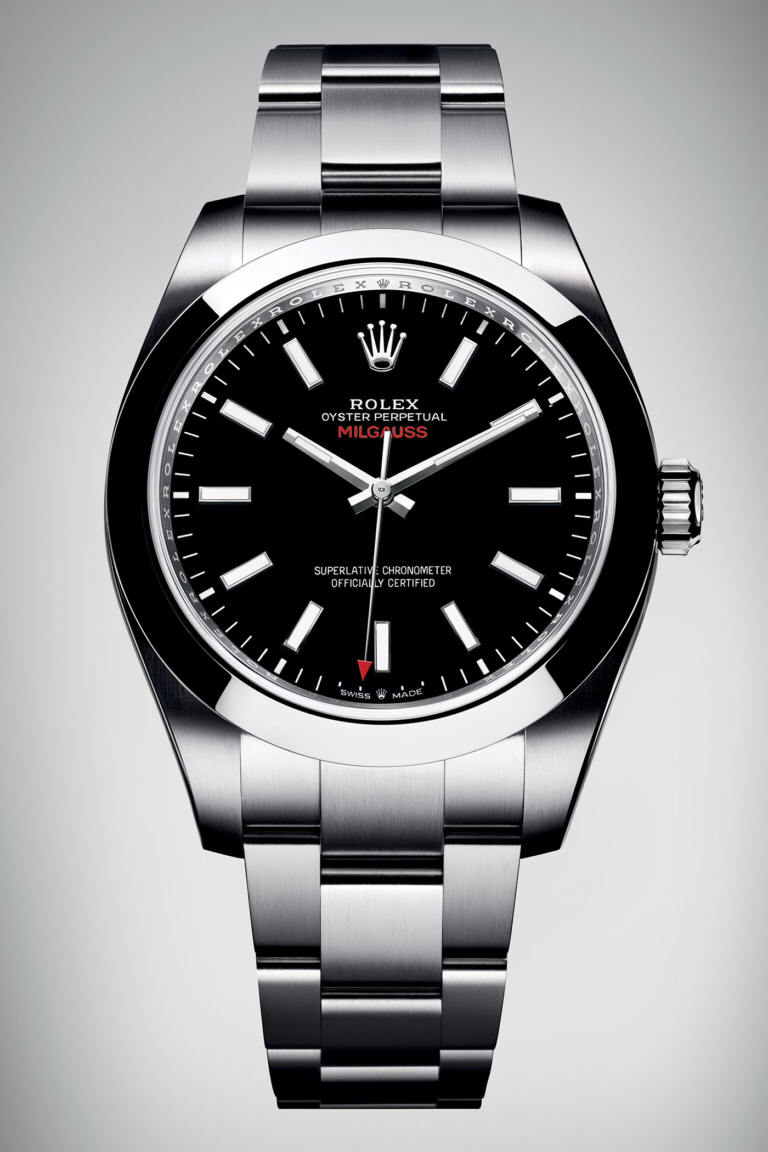
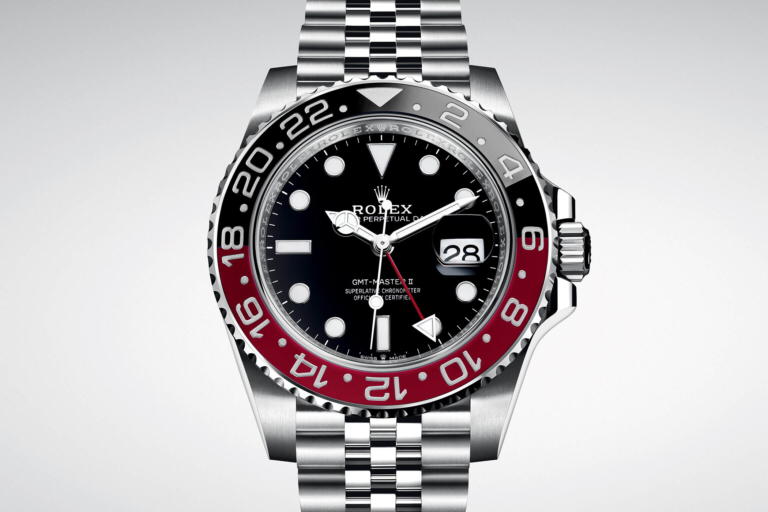
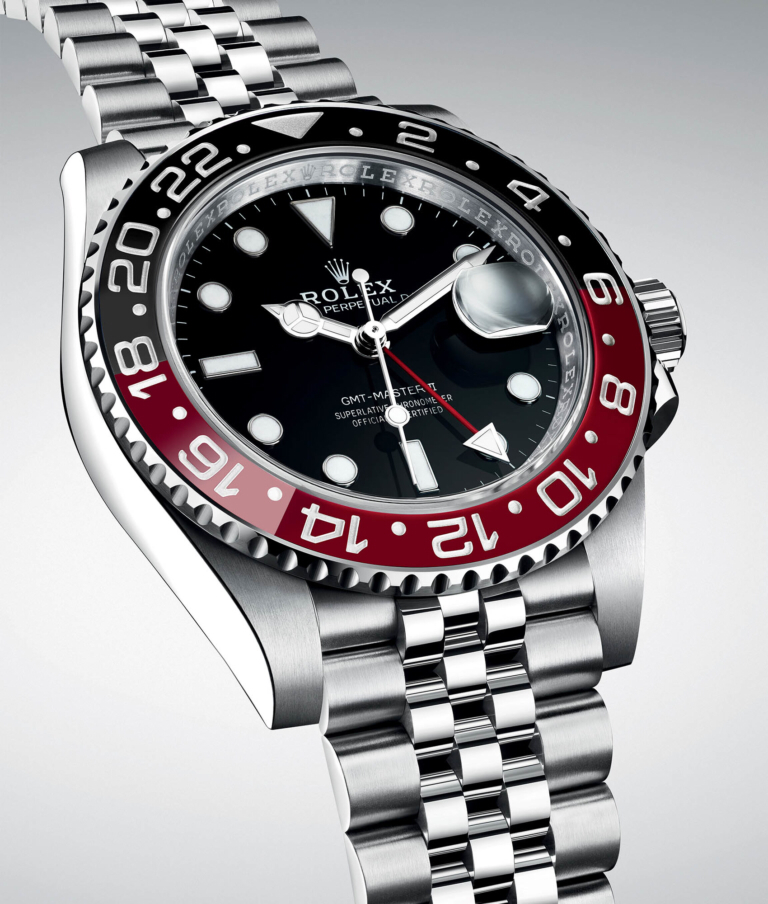
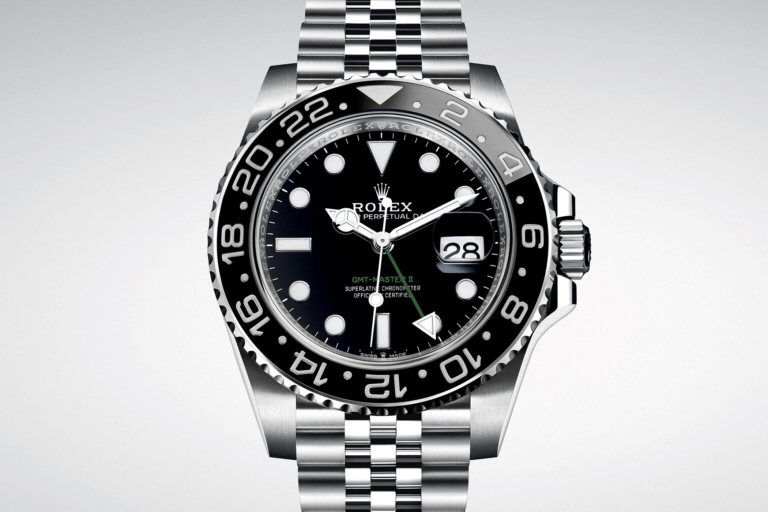
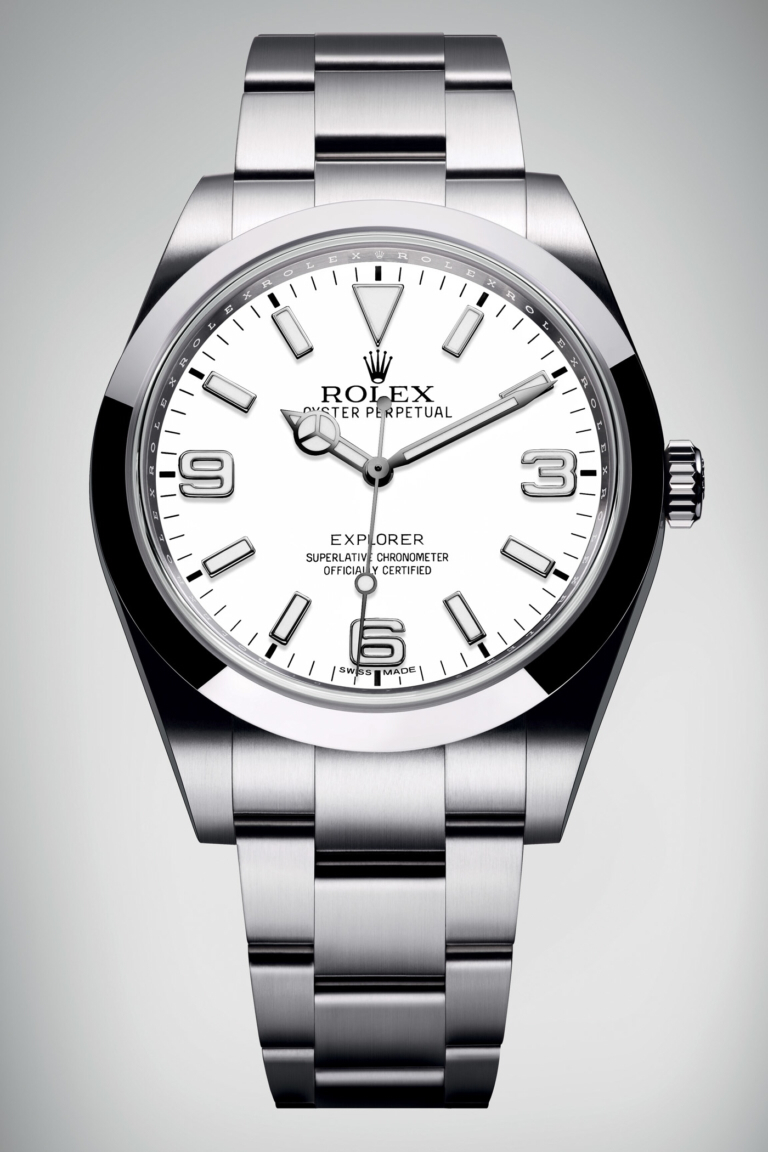
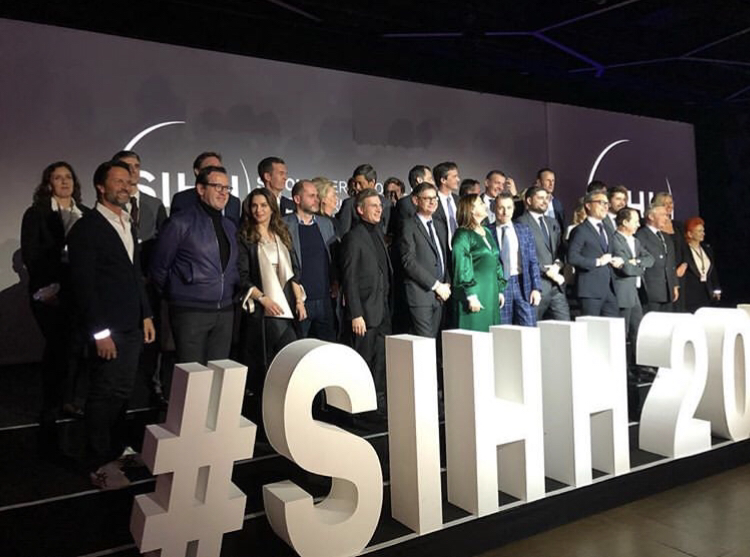
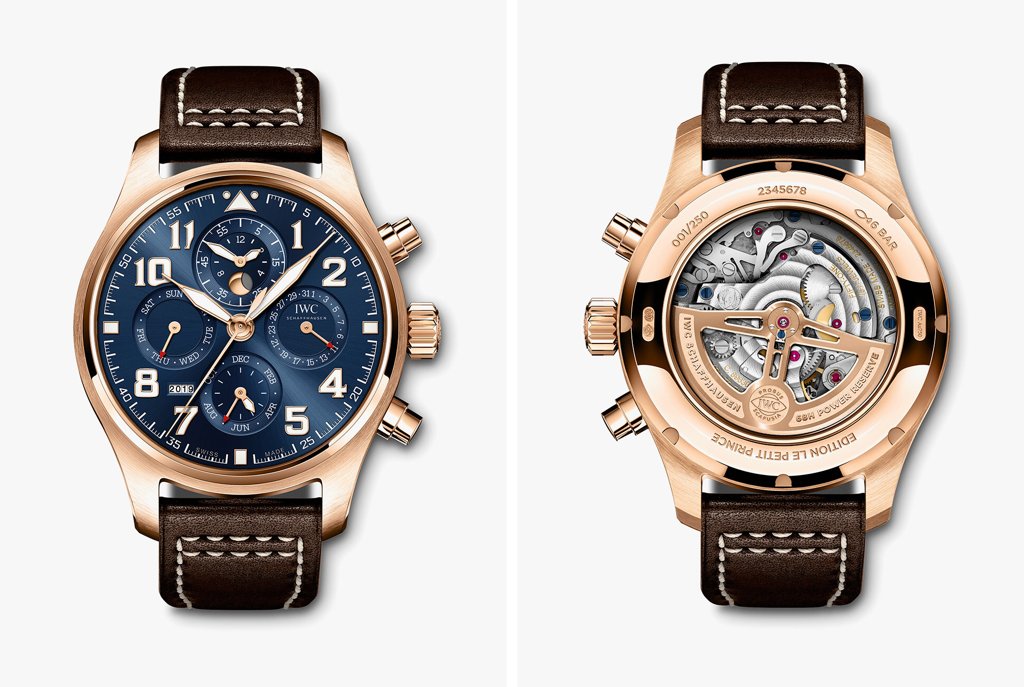
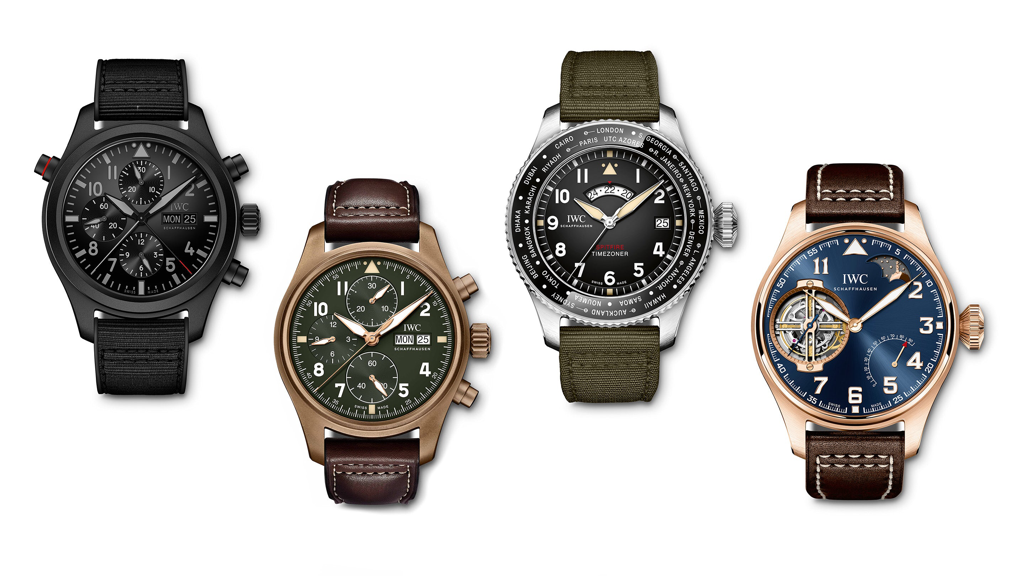
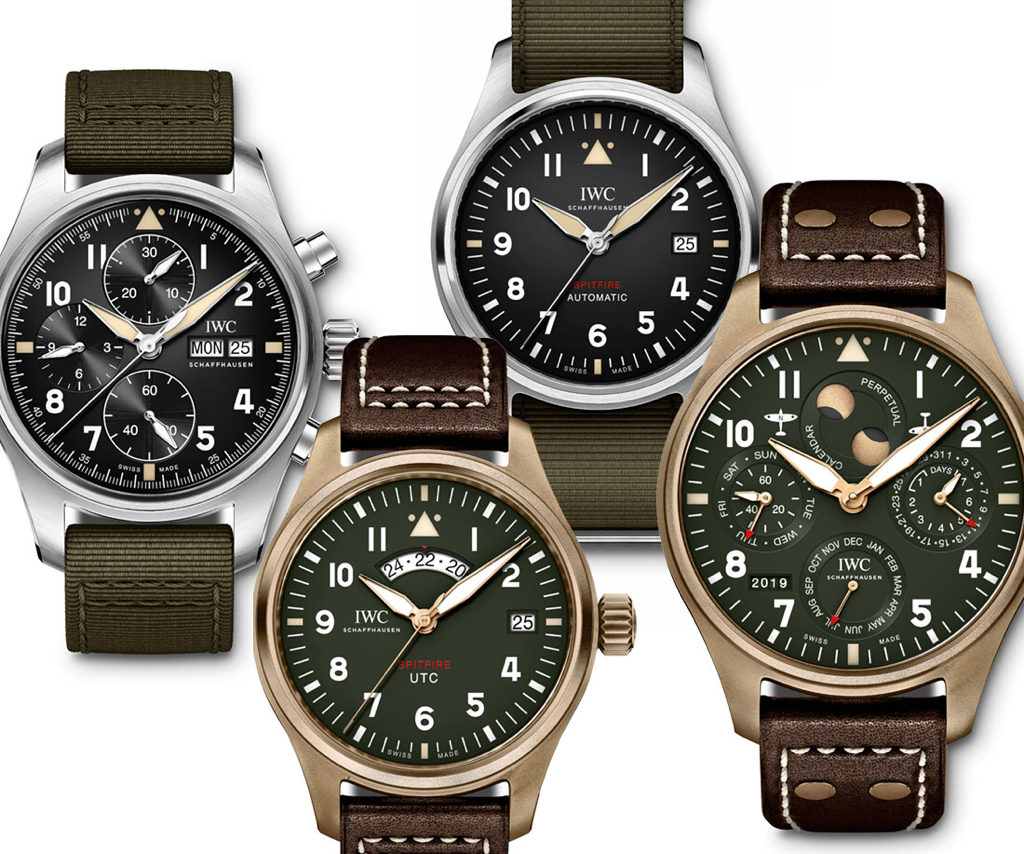
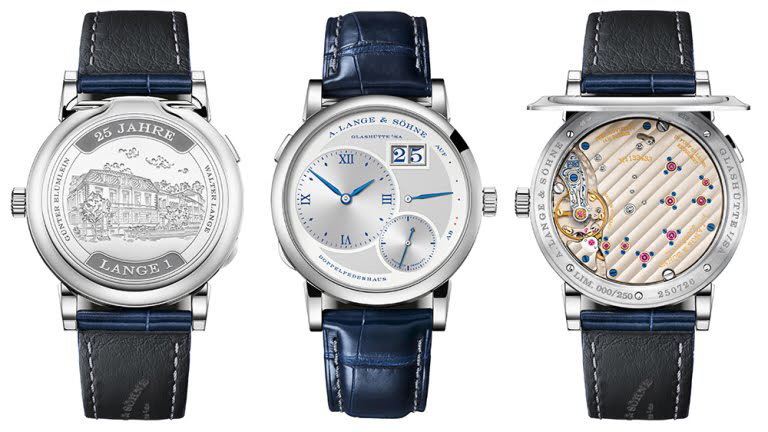
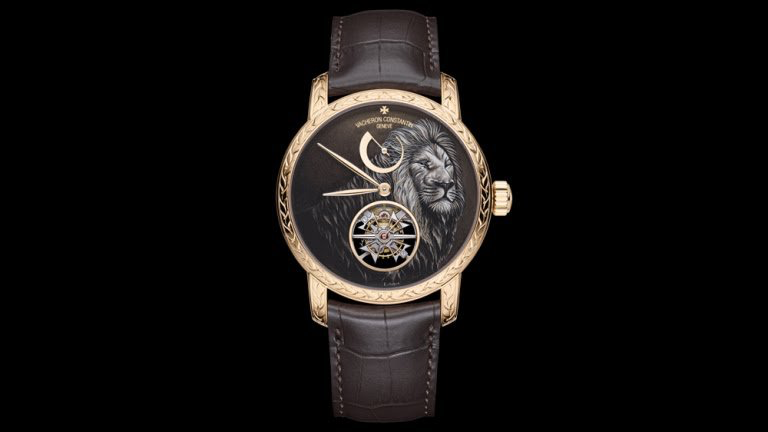
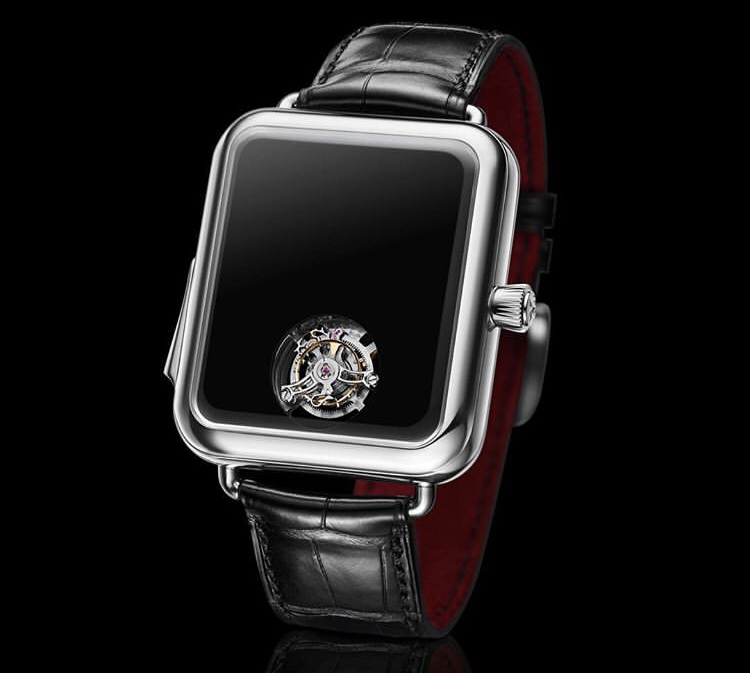
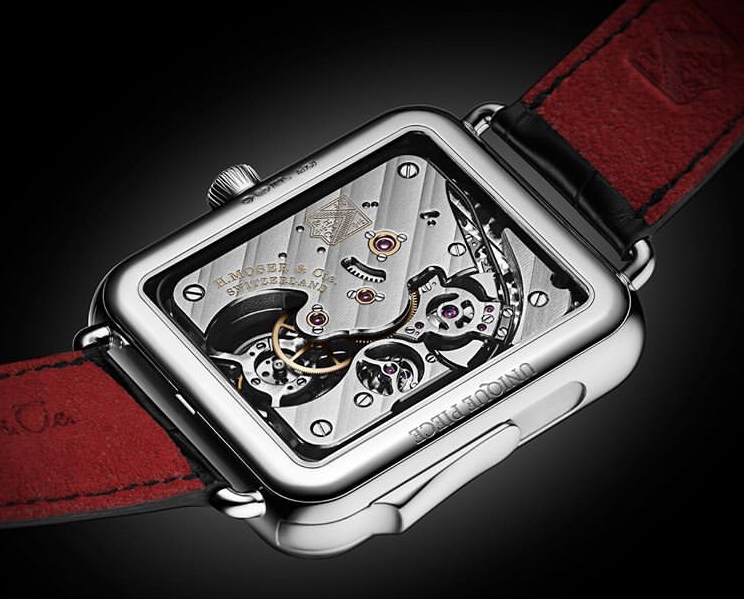
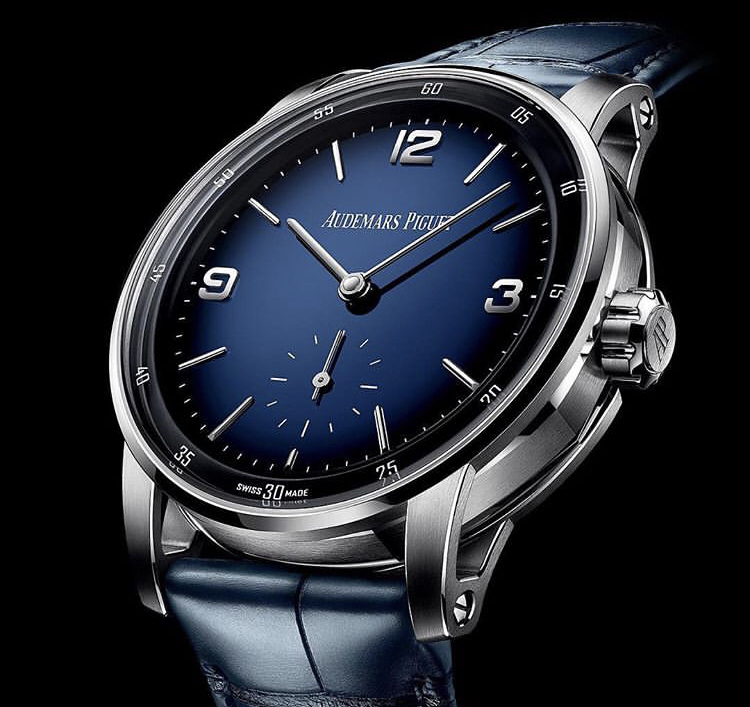
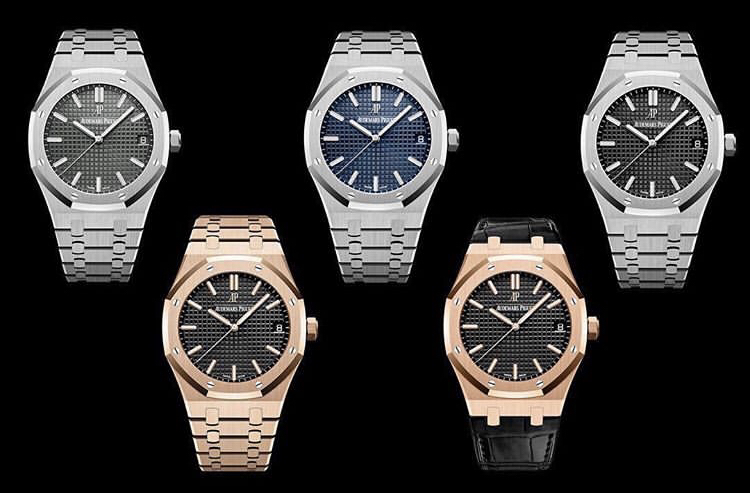
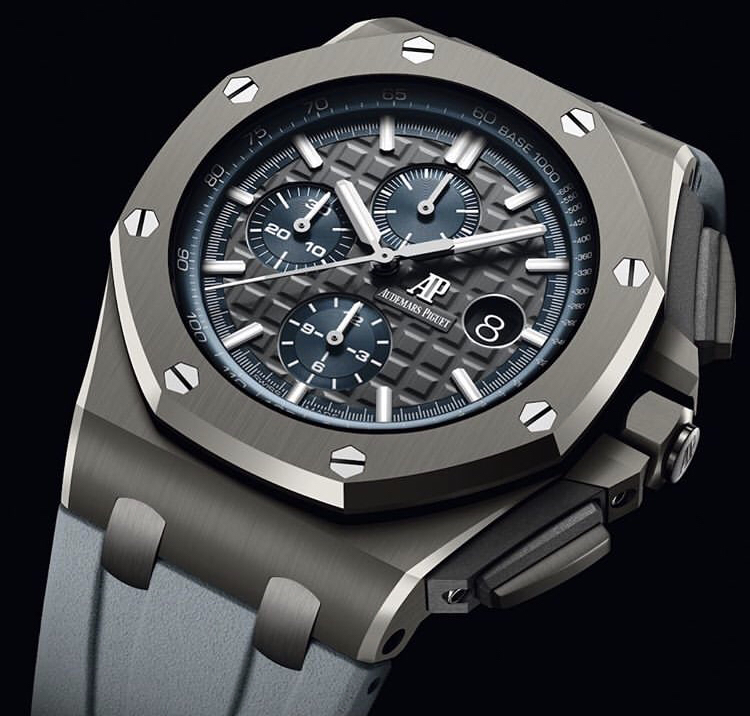
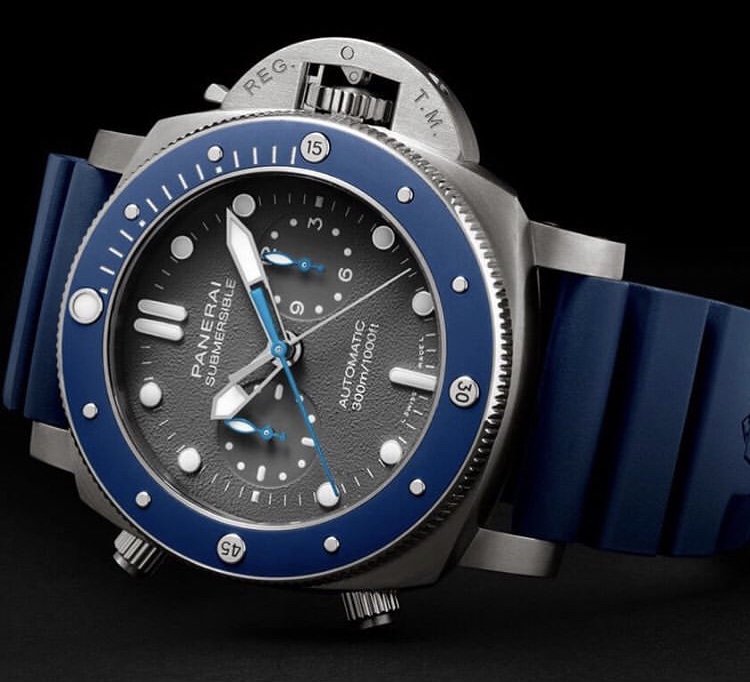
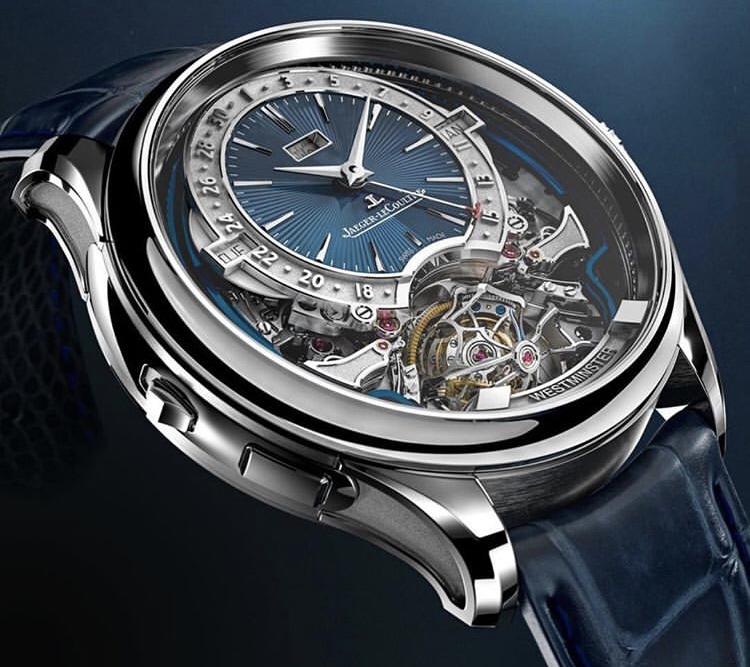
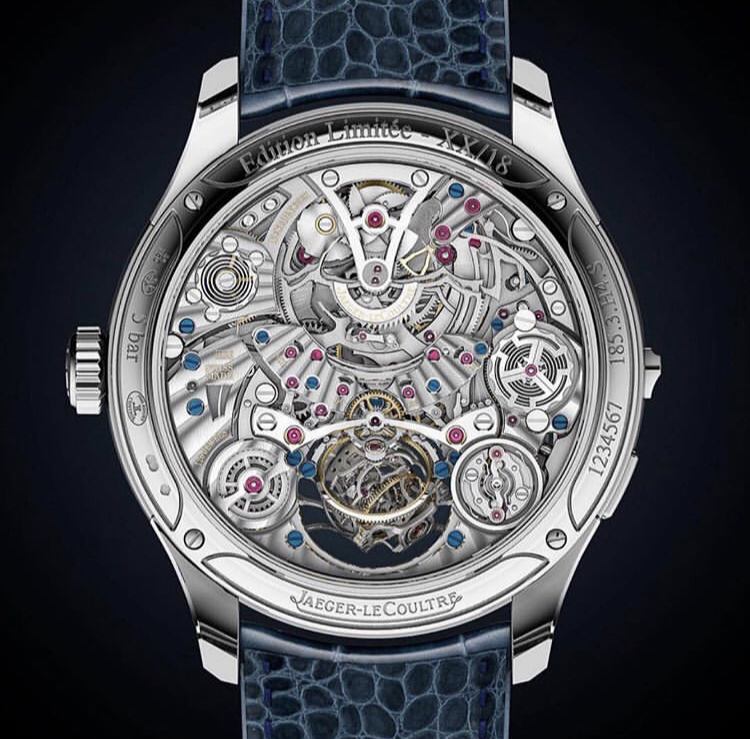
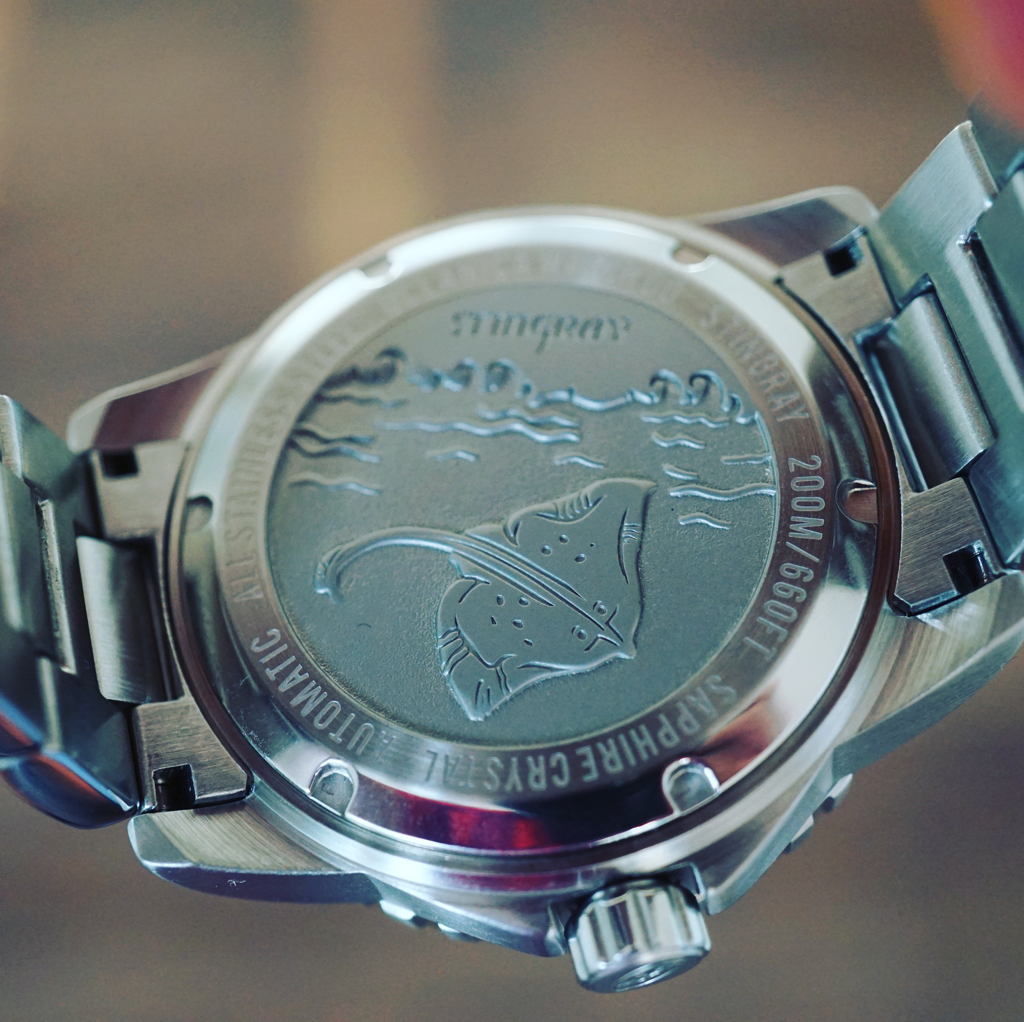
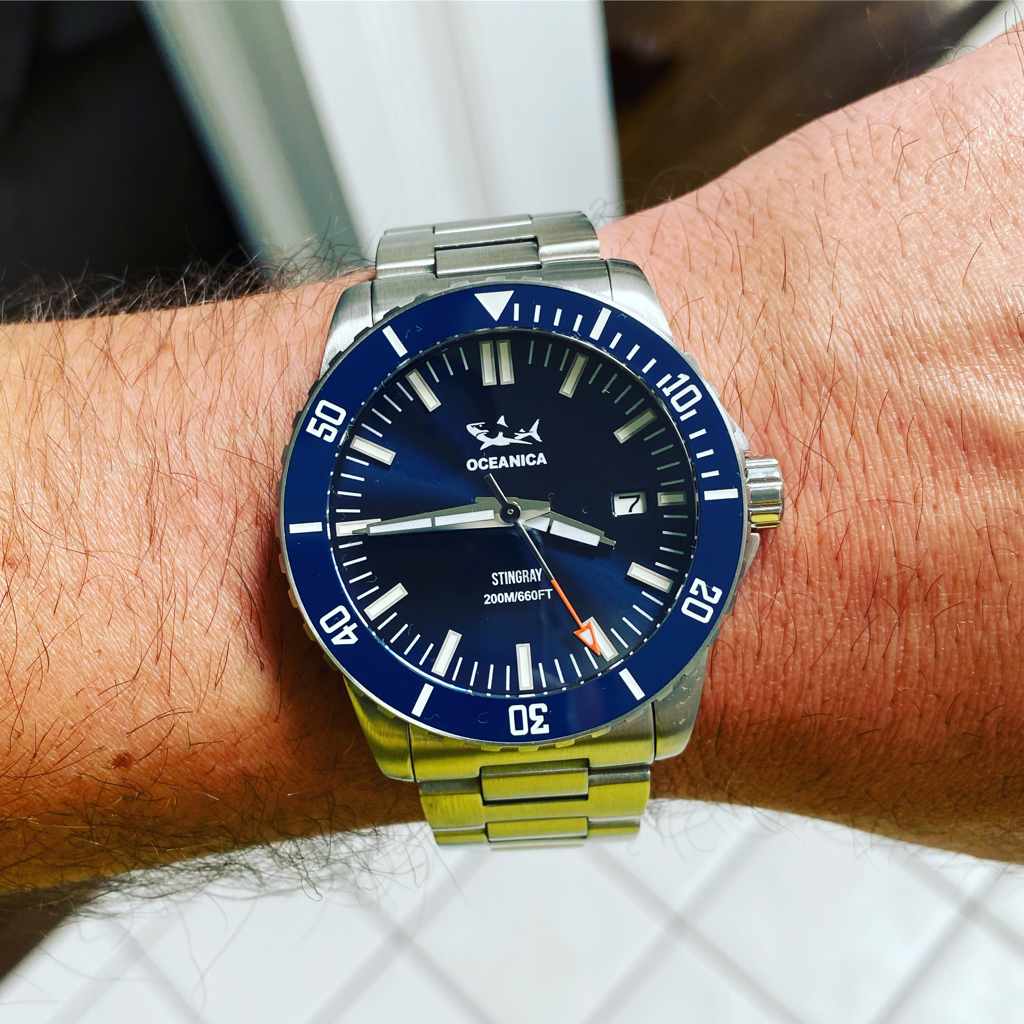
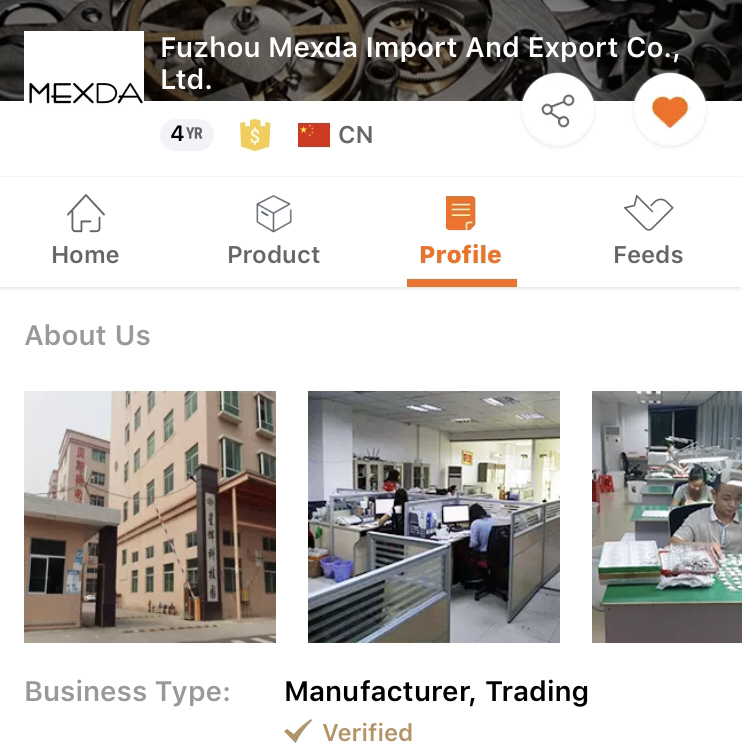
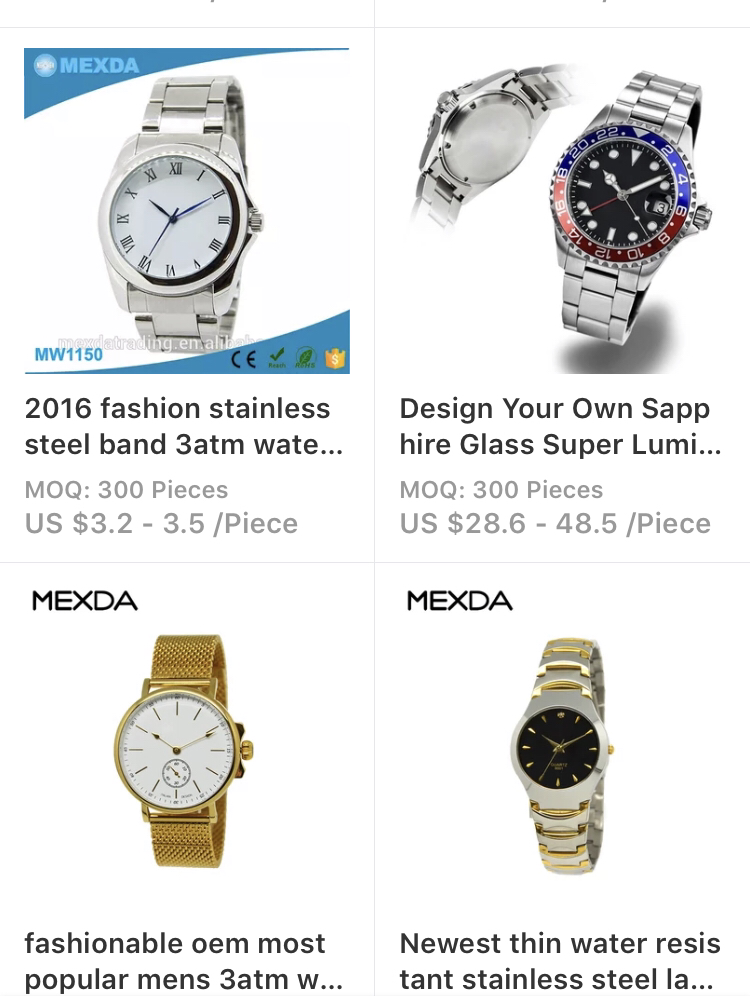
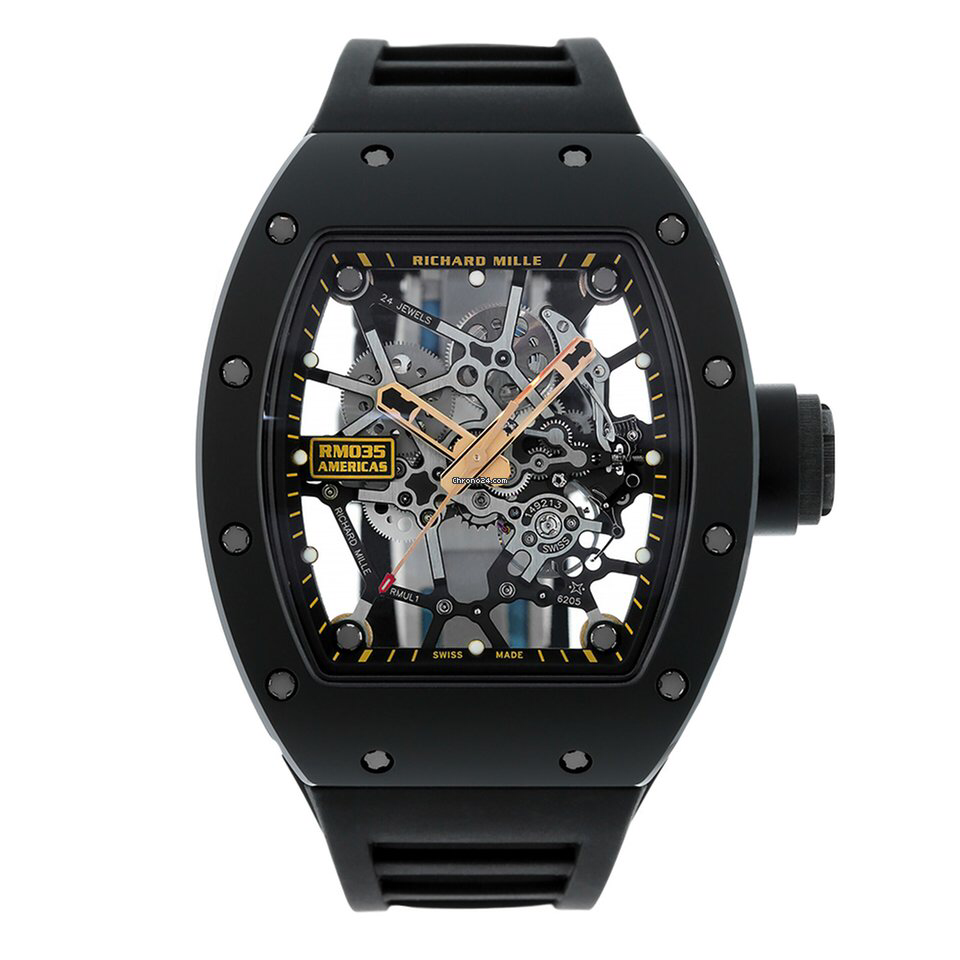

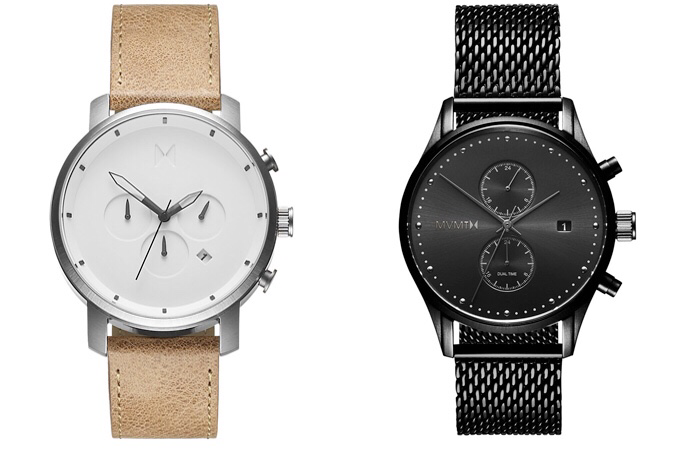

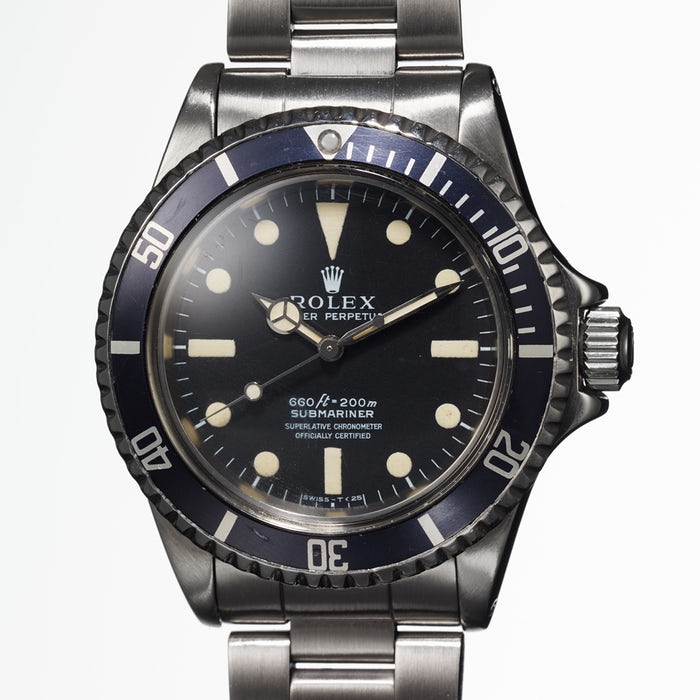
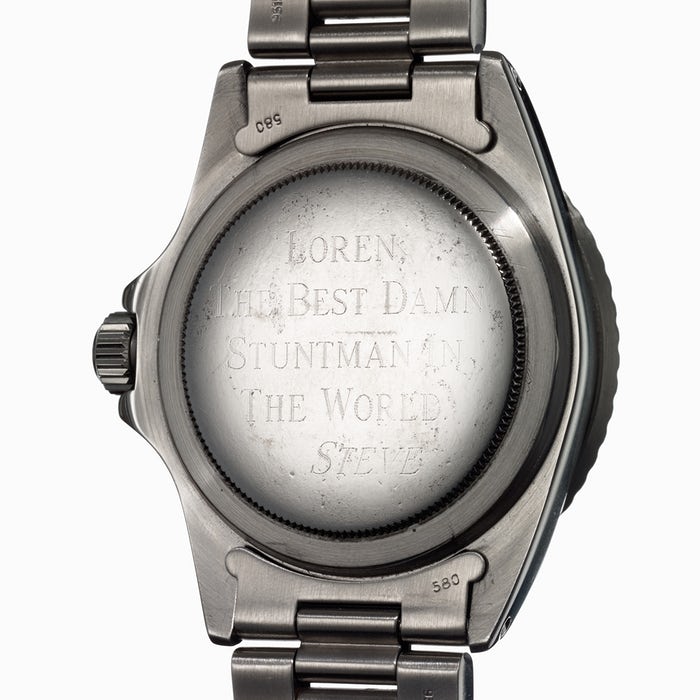
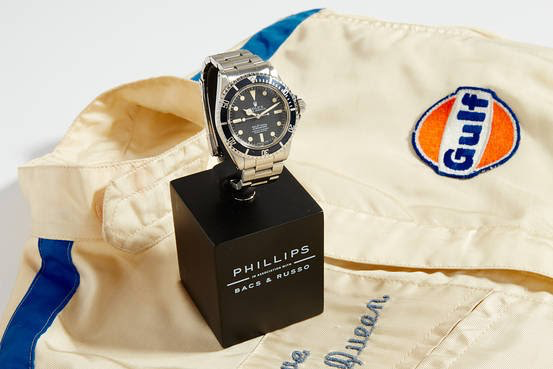
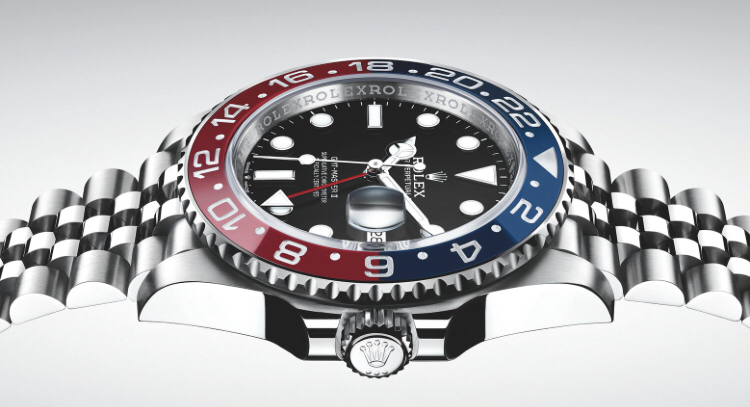
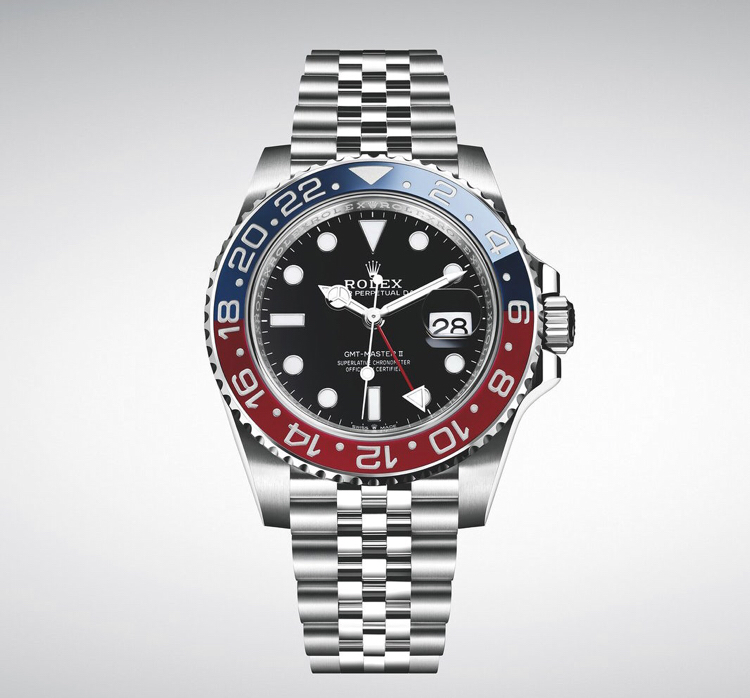
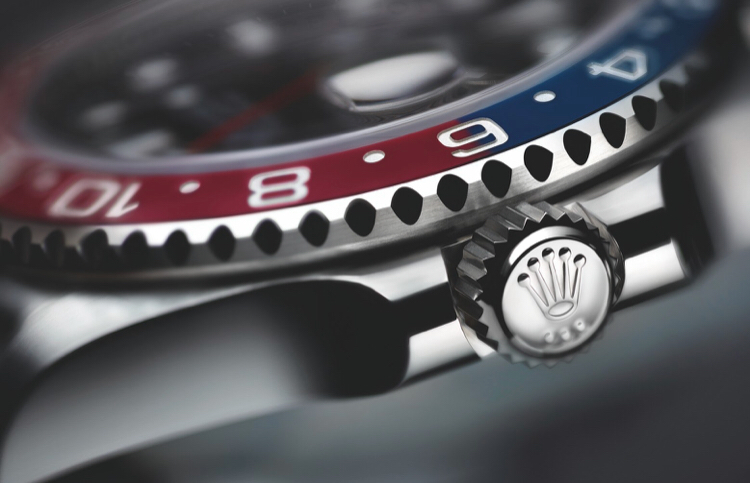
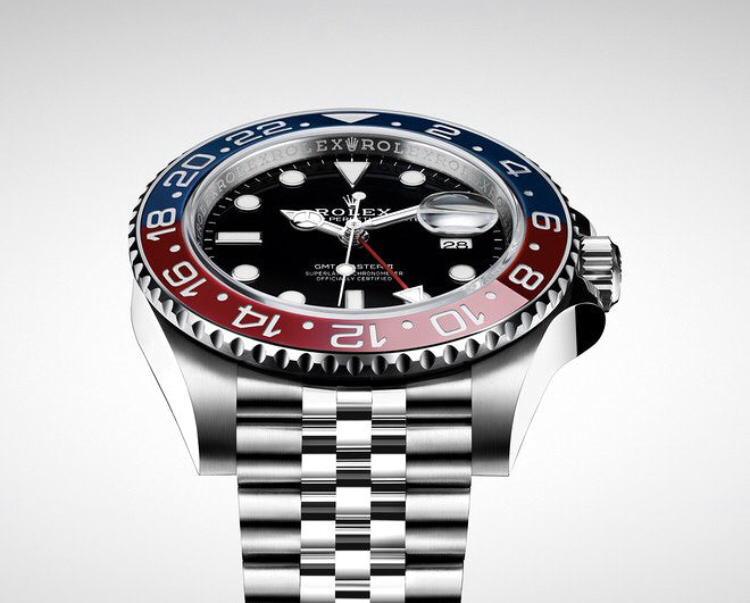
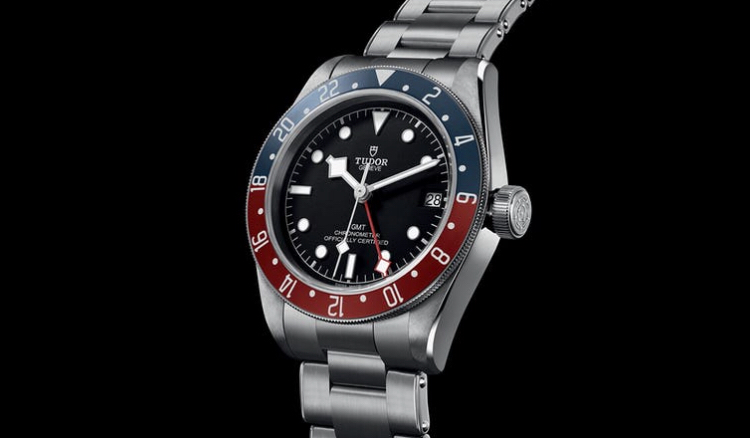
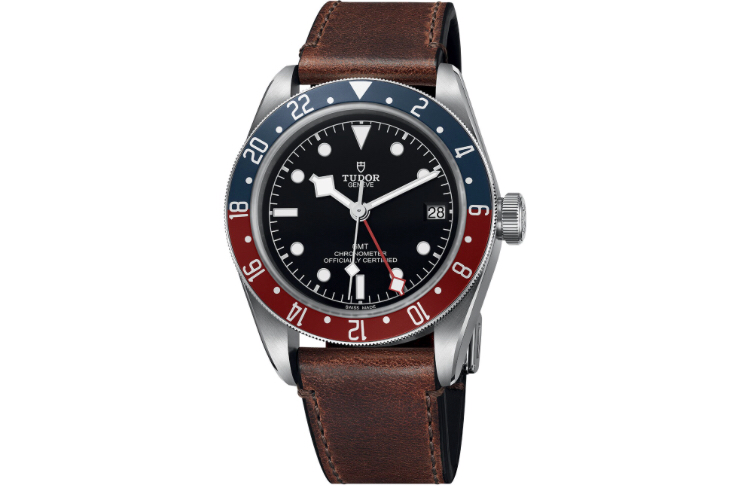
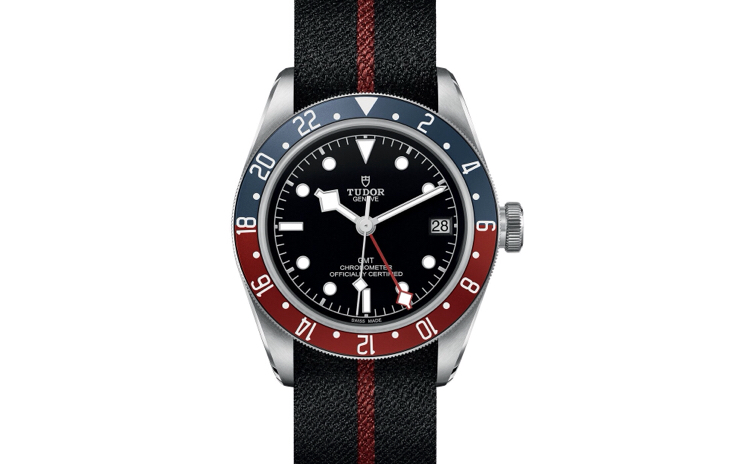
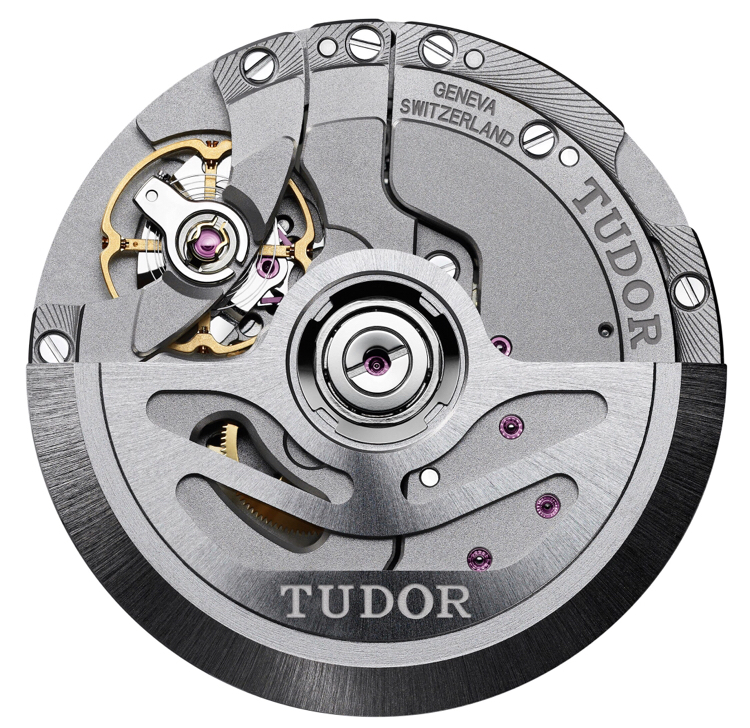
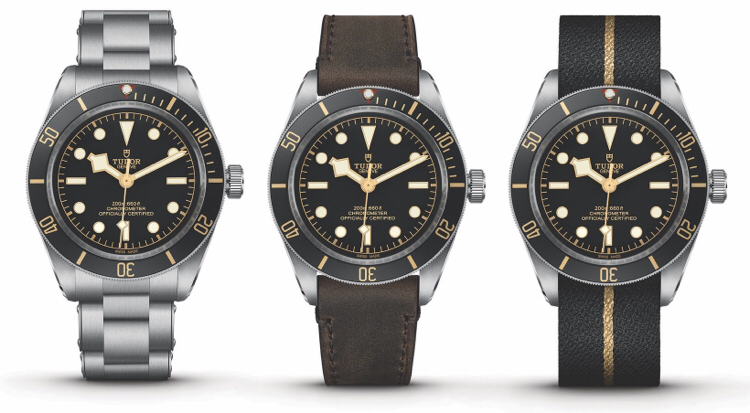
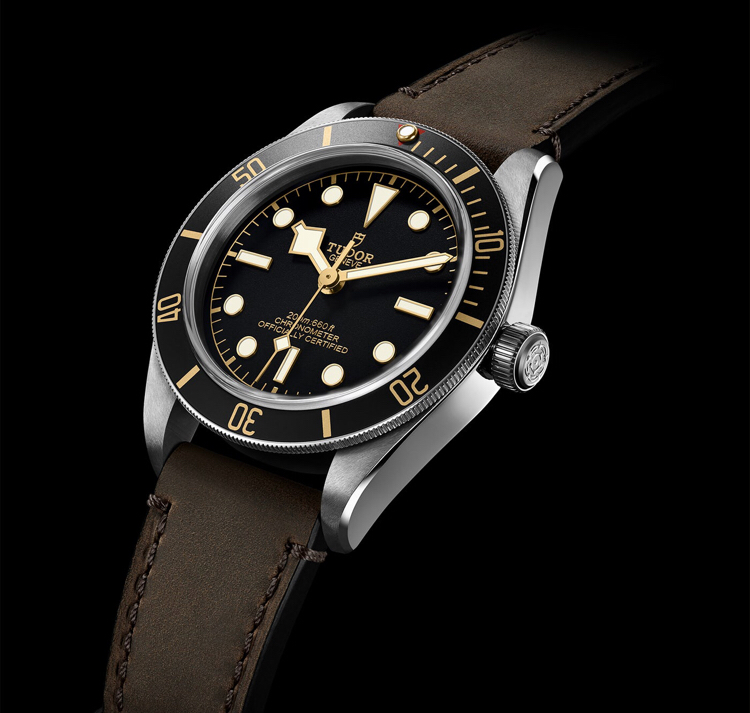
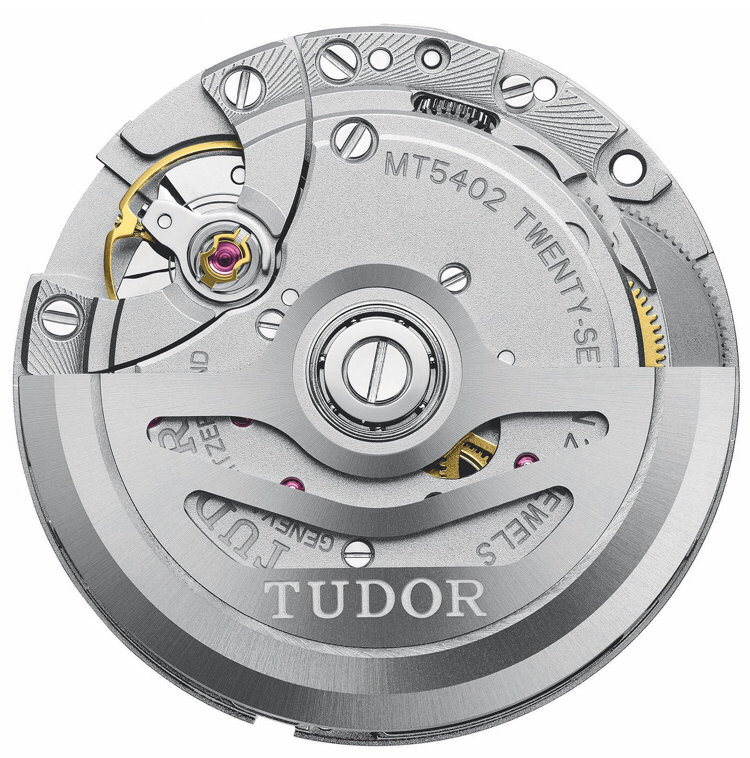
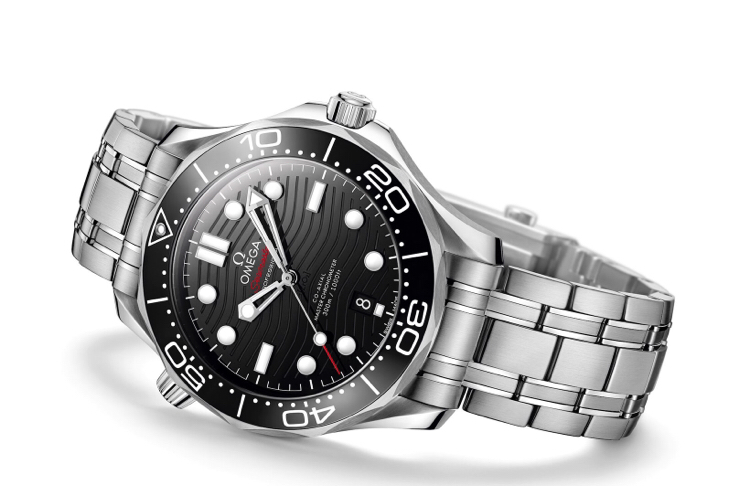
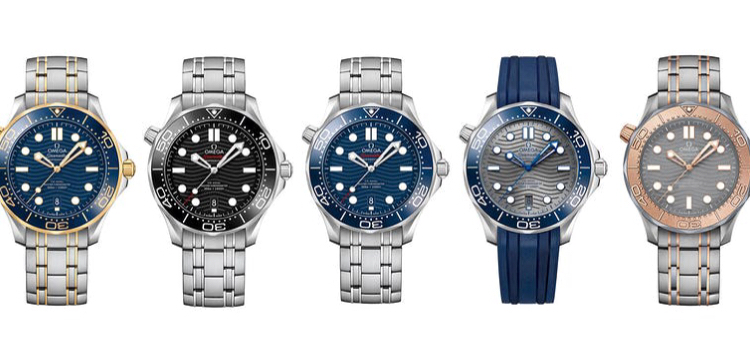
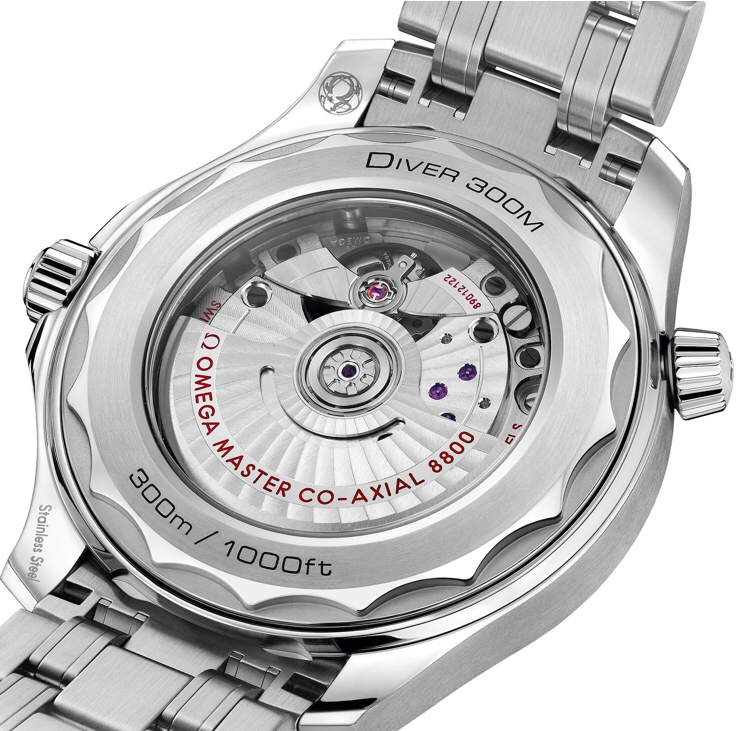
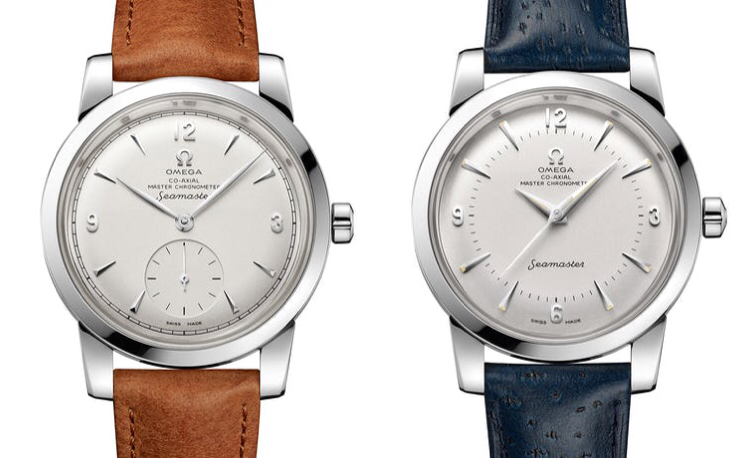
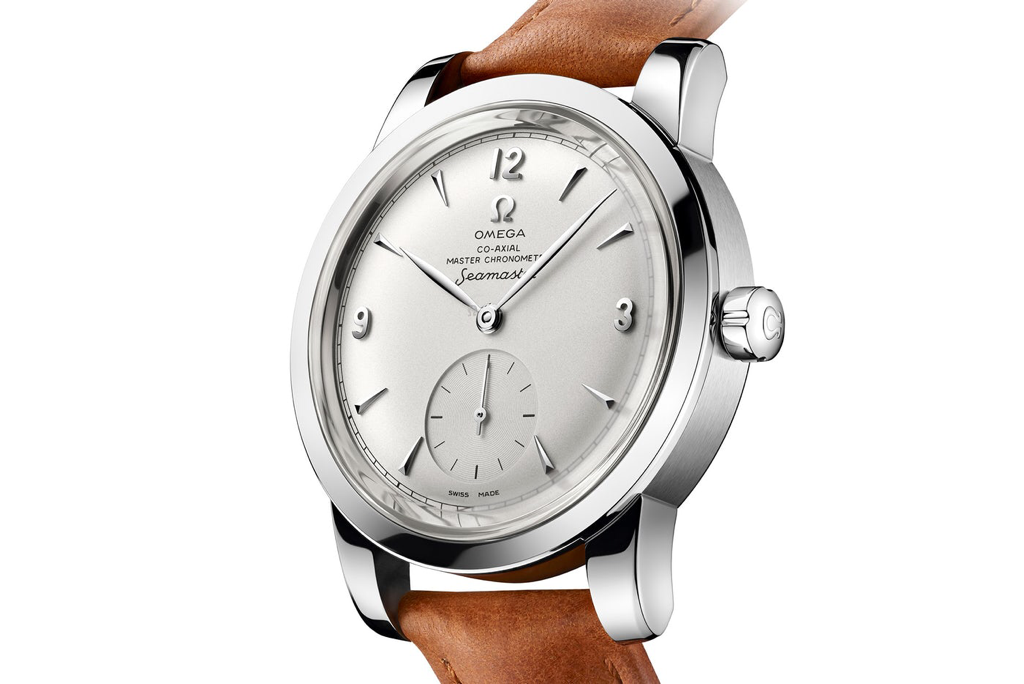
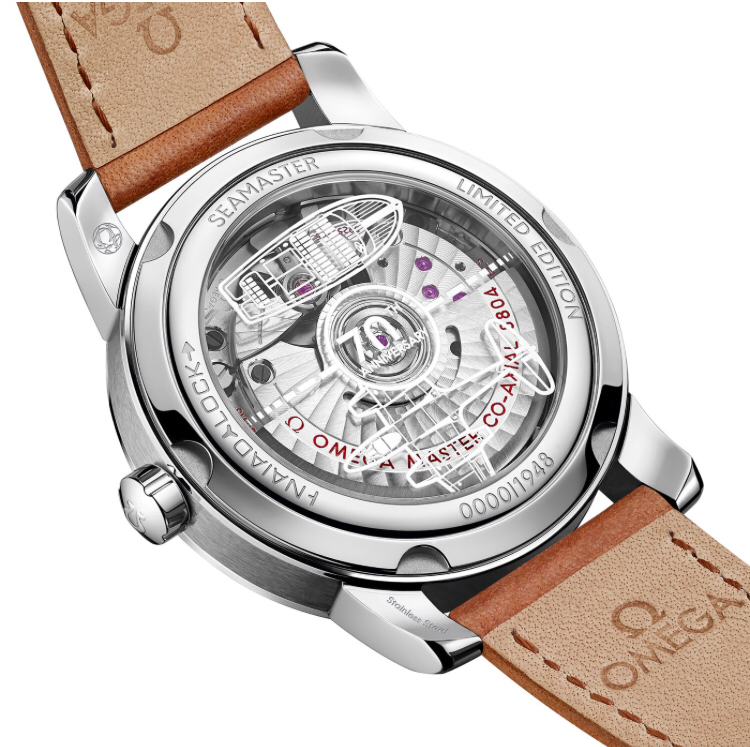
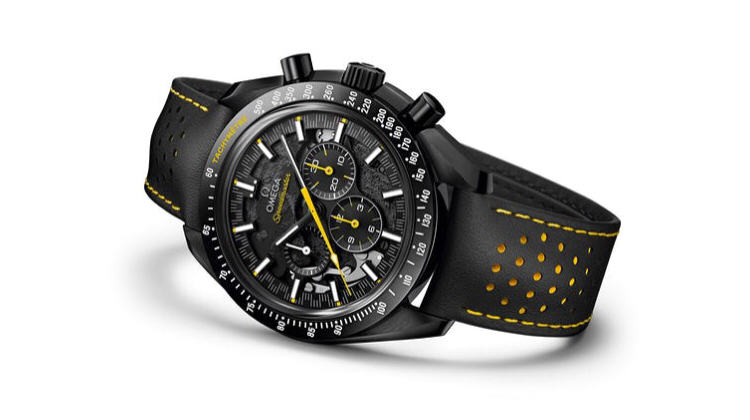
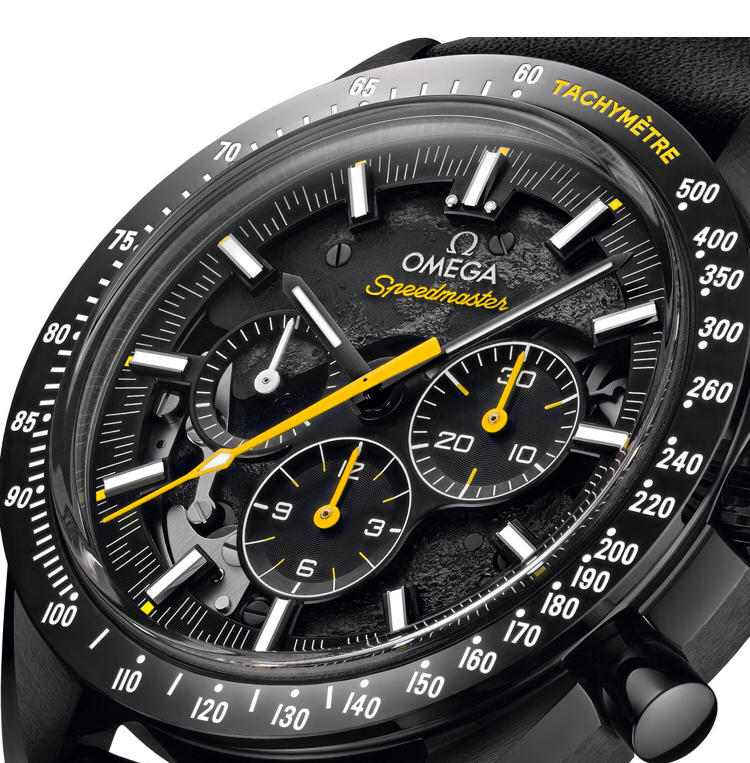
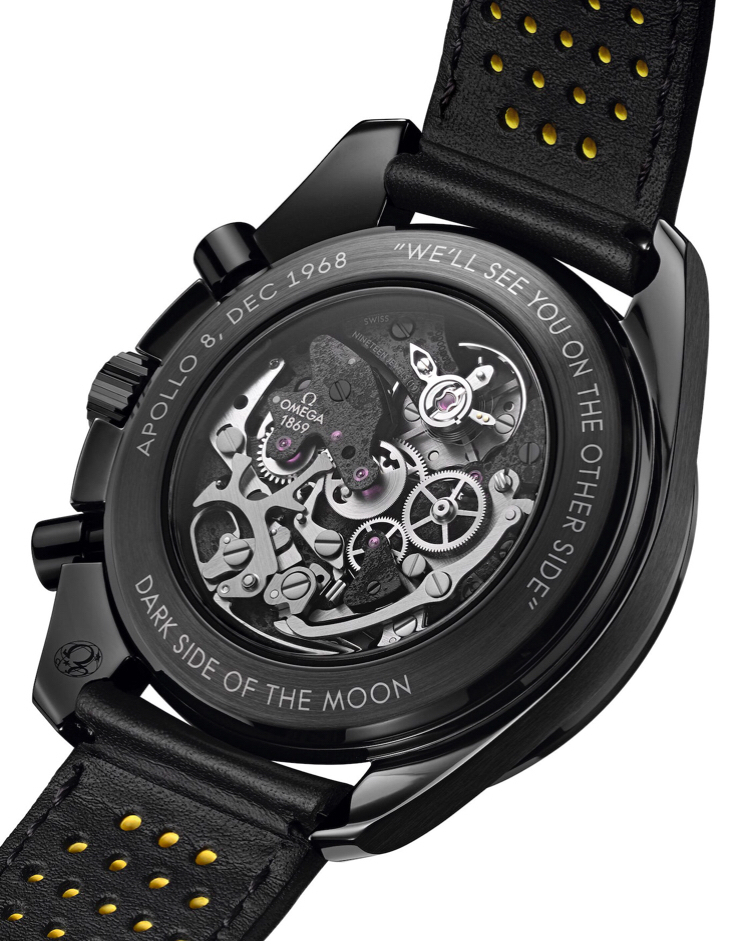
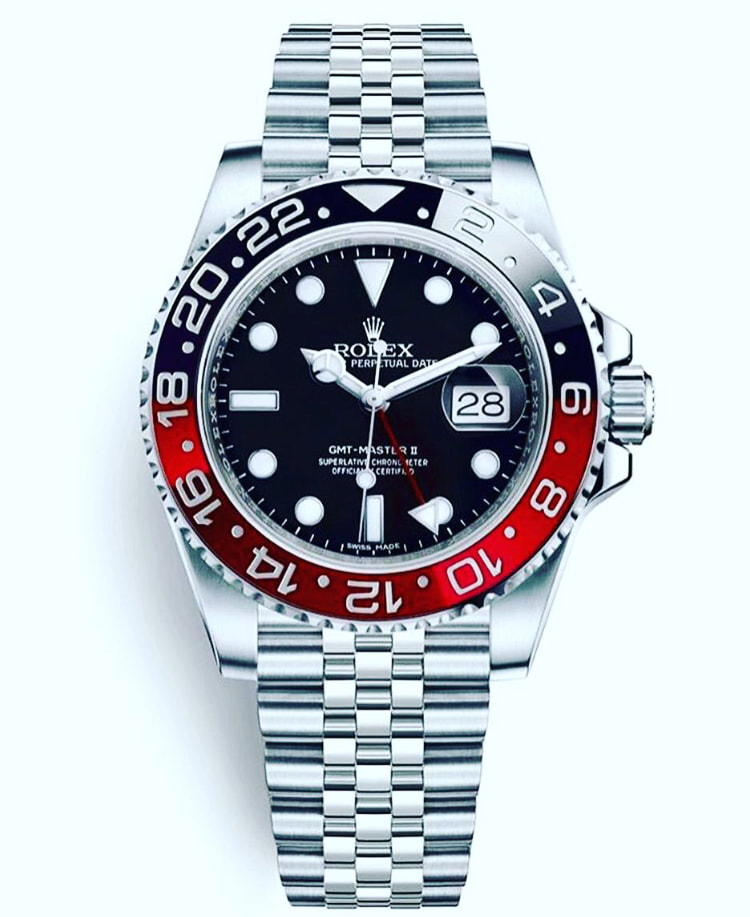
 RSS Feed
RSS Feed
